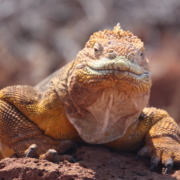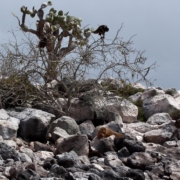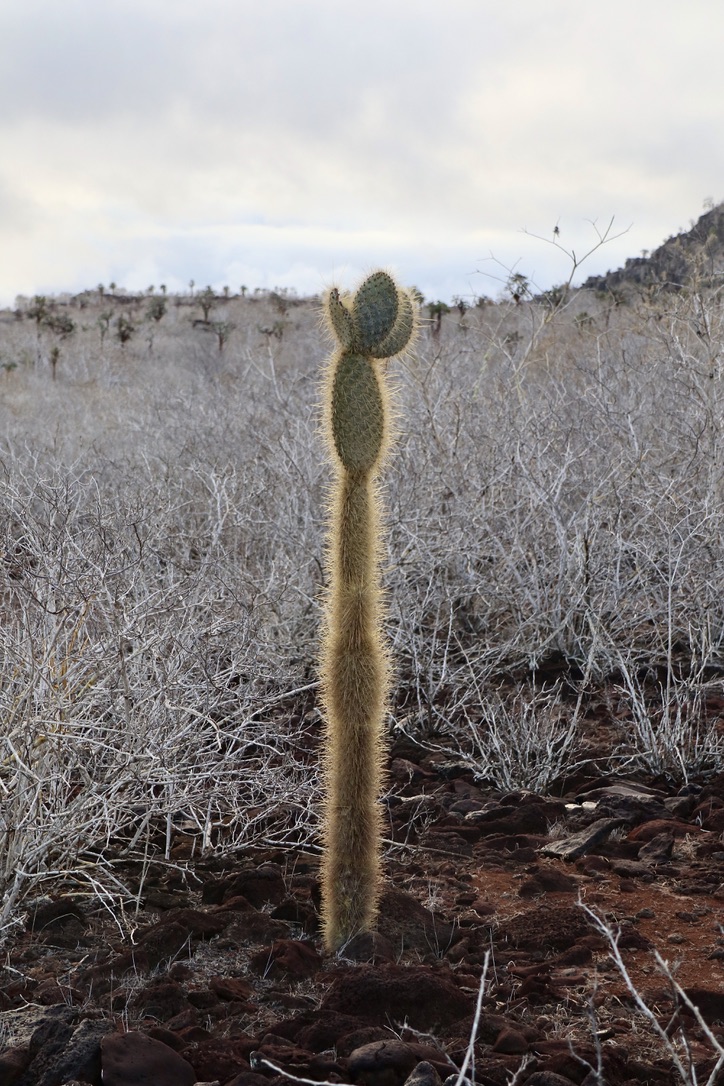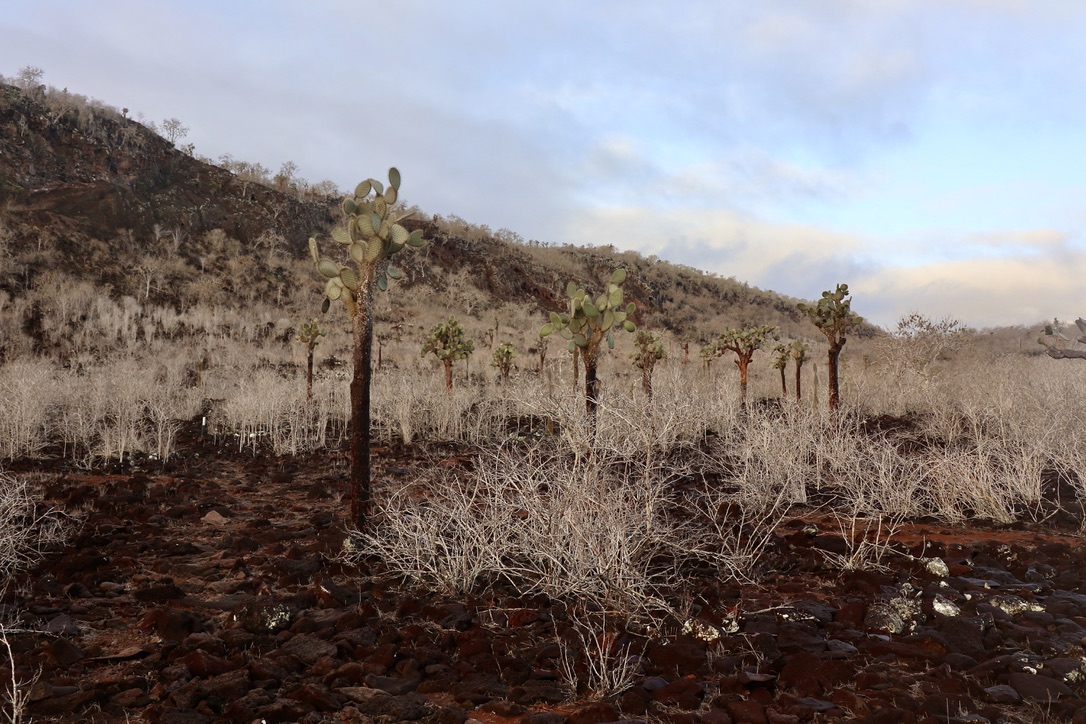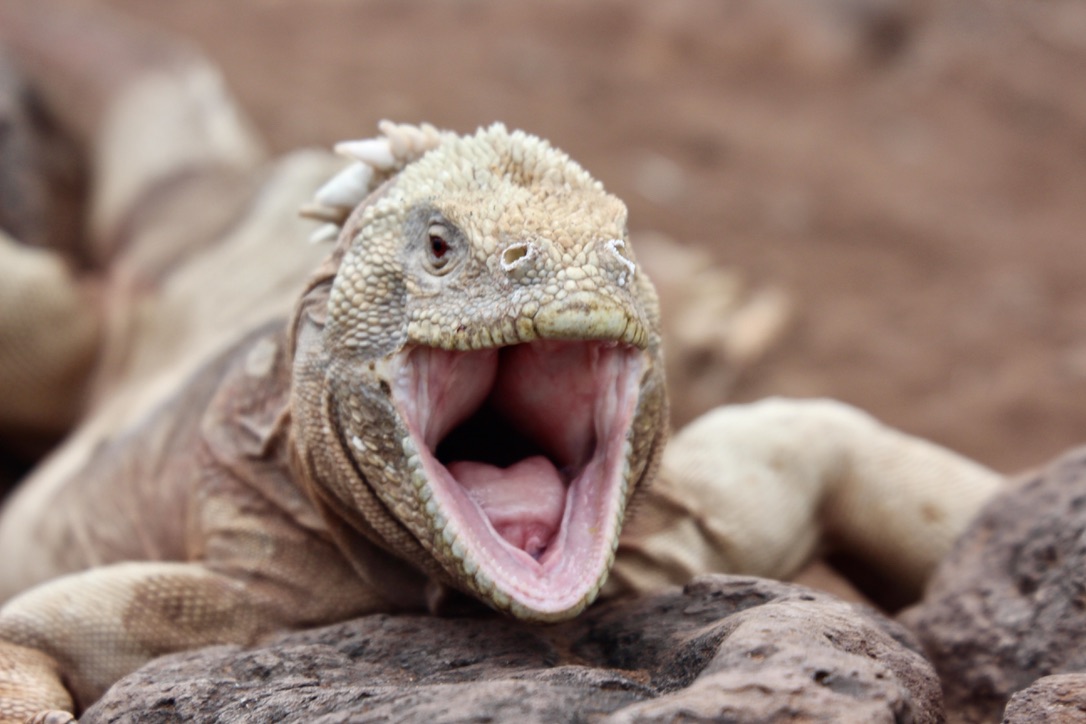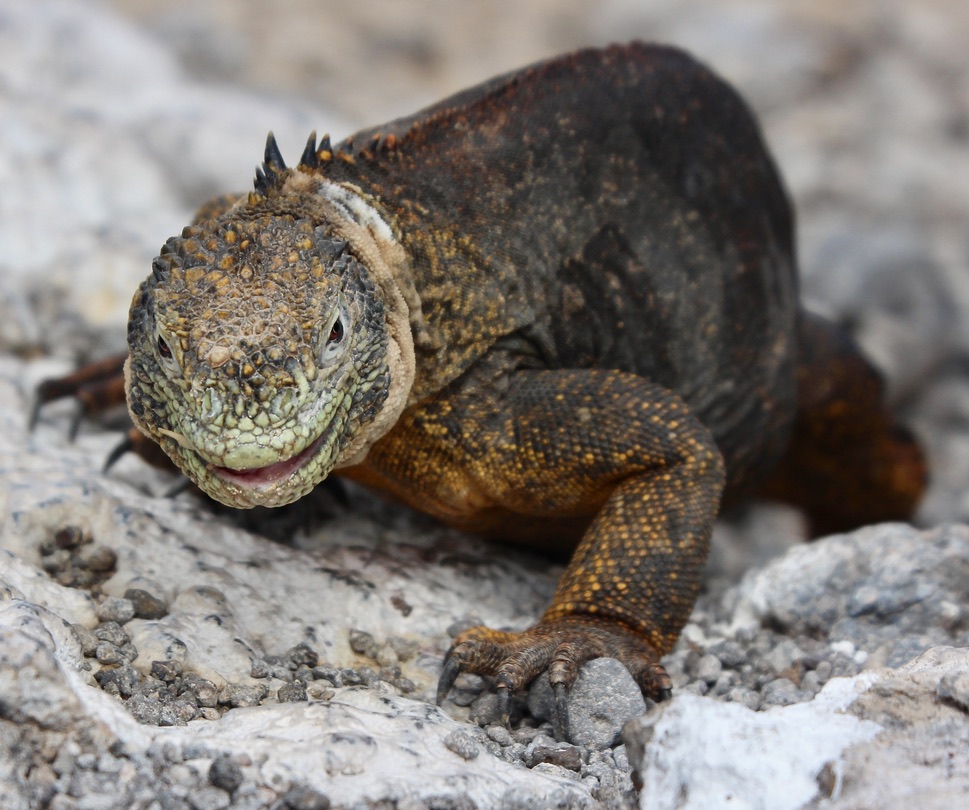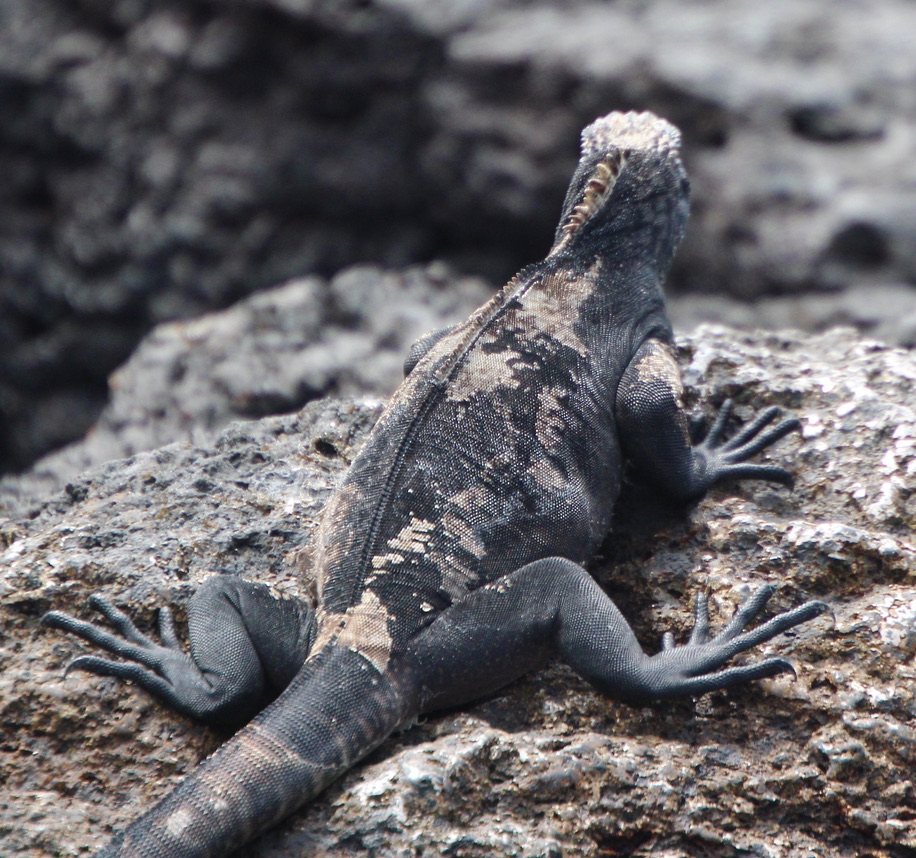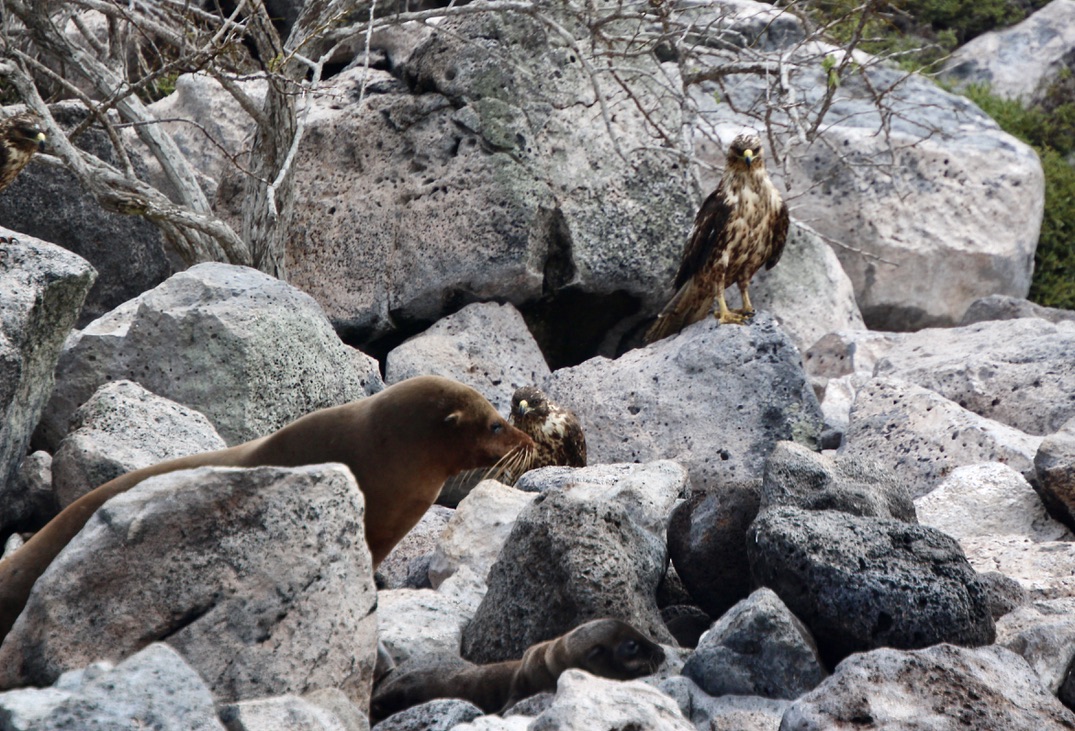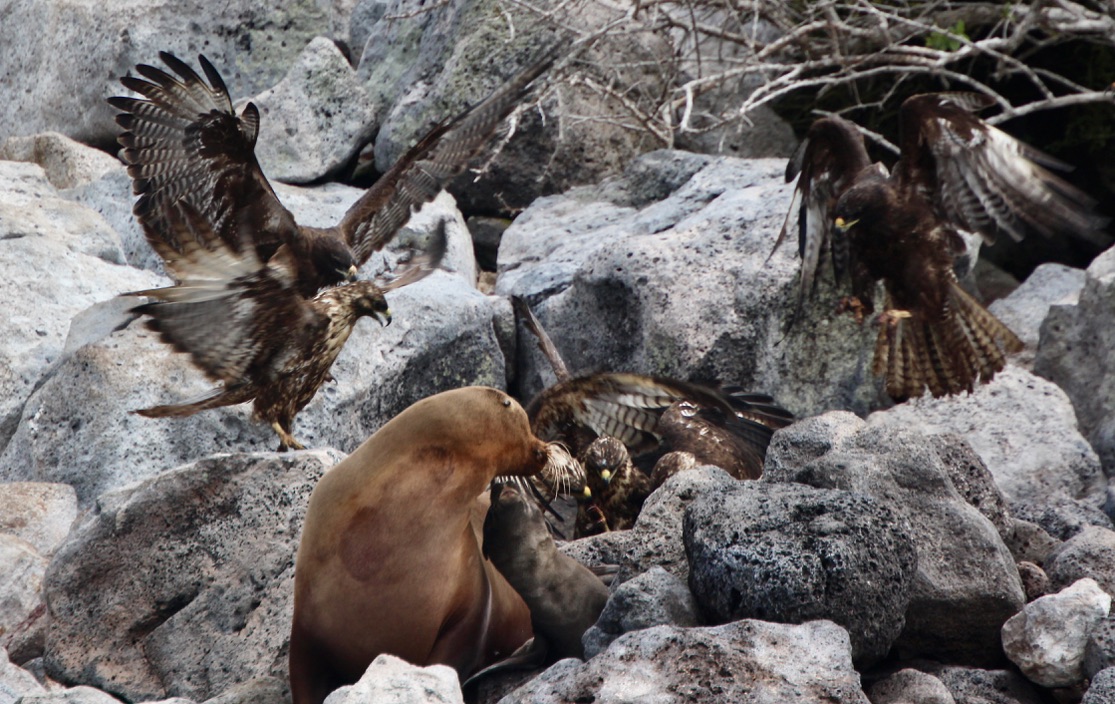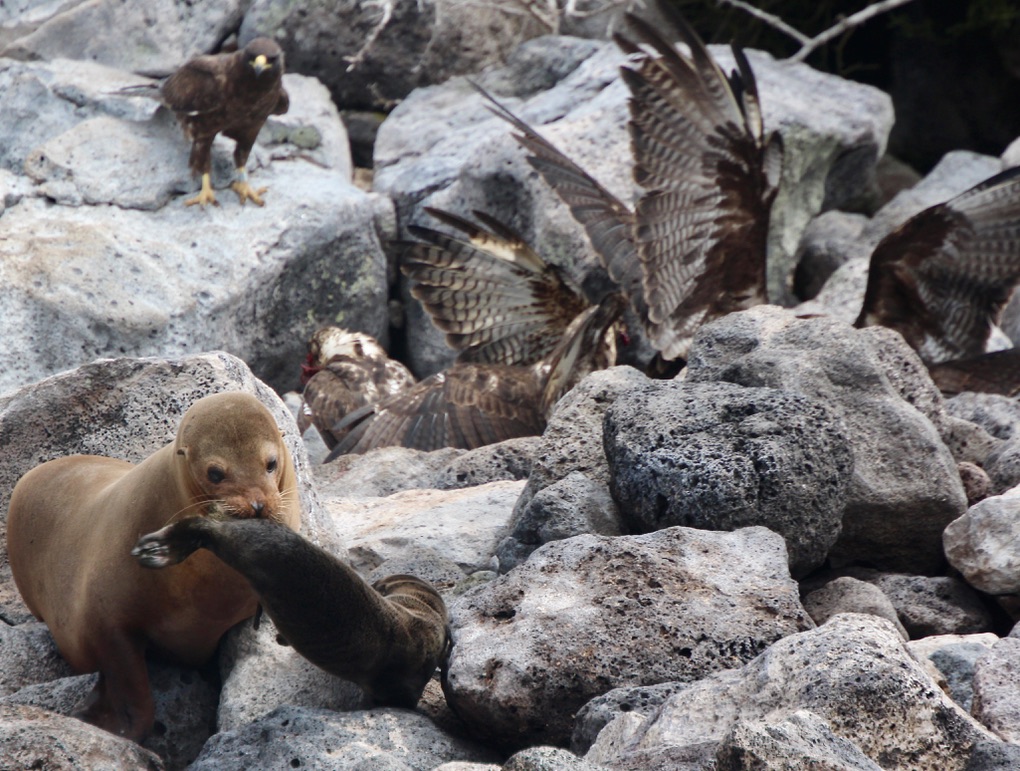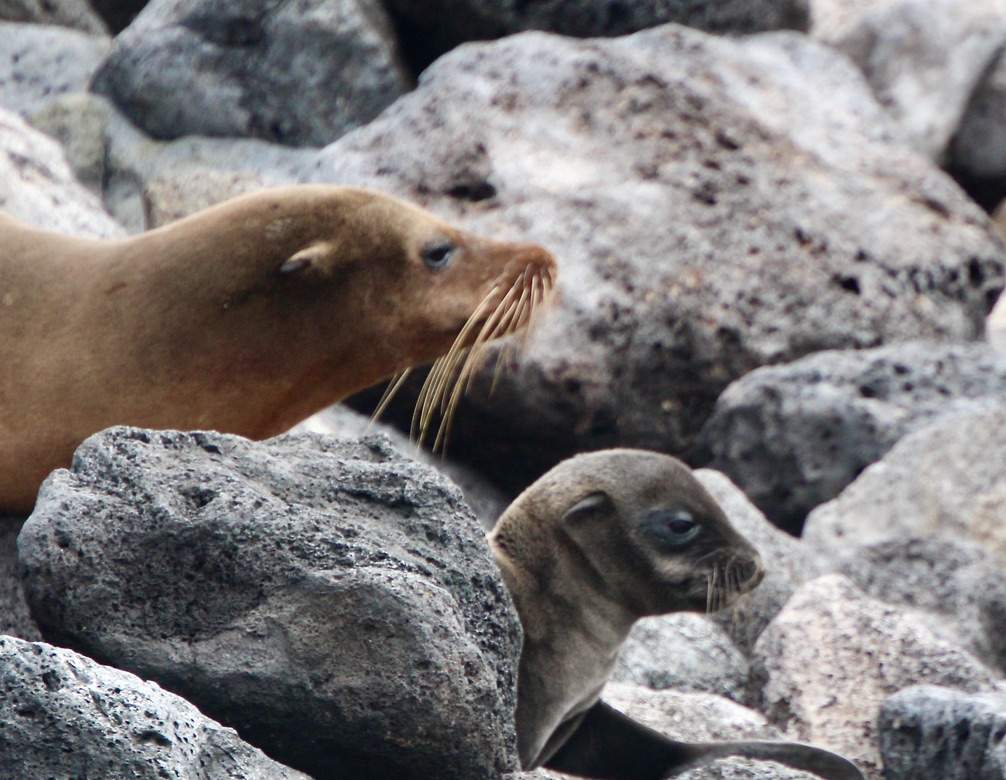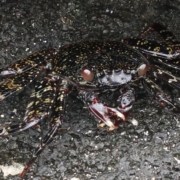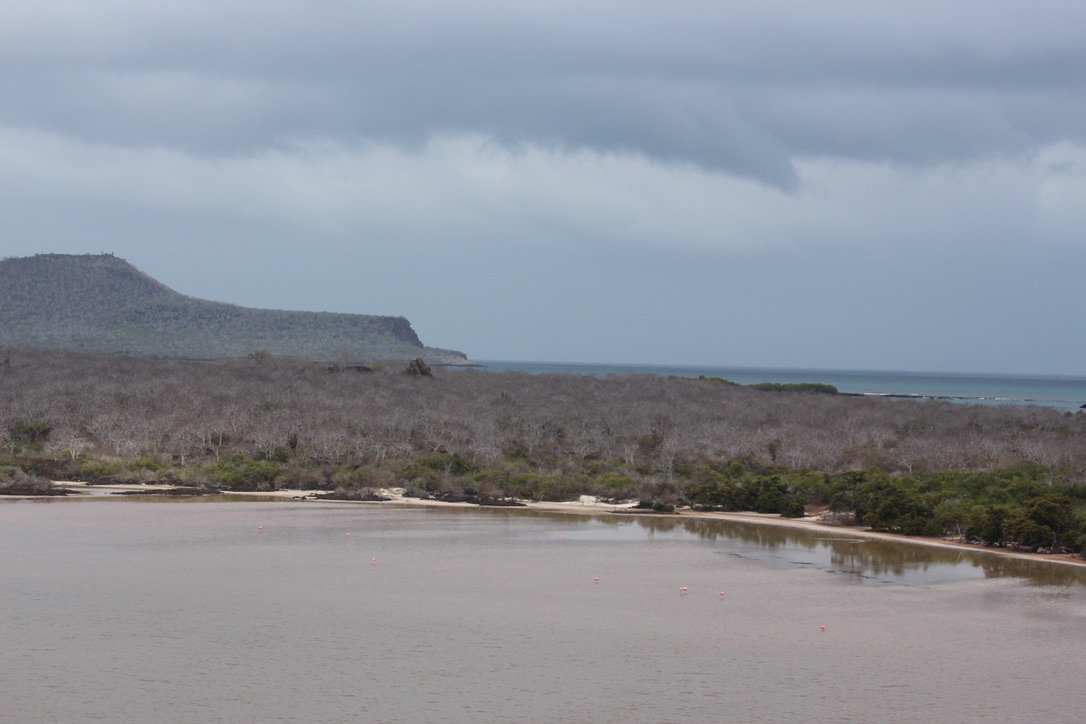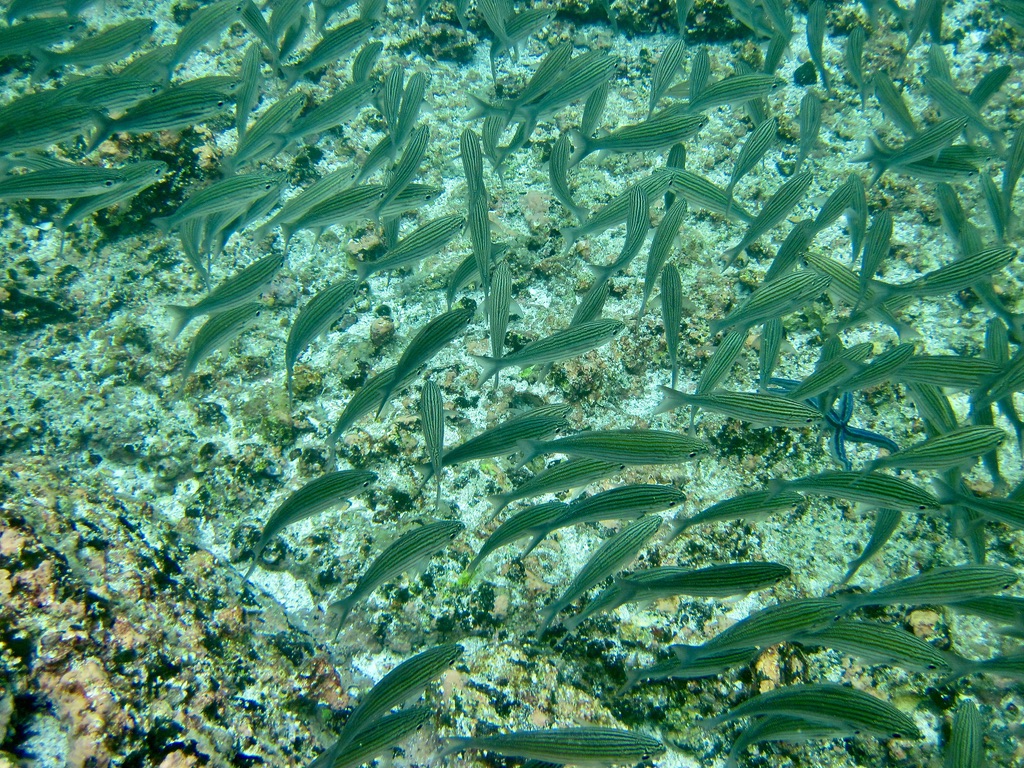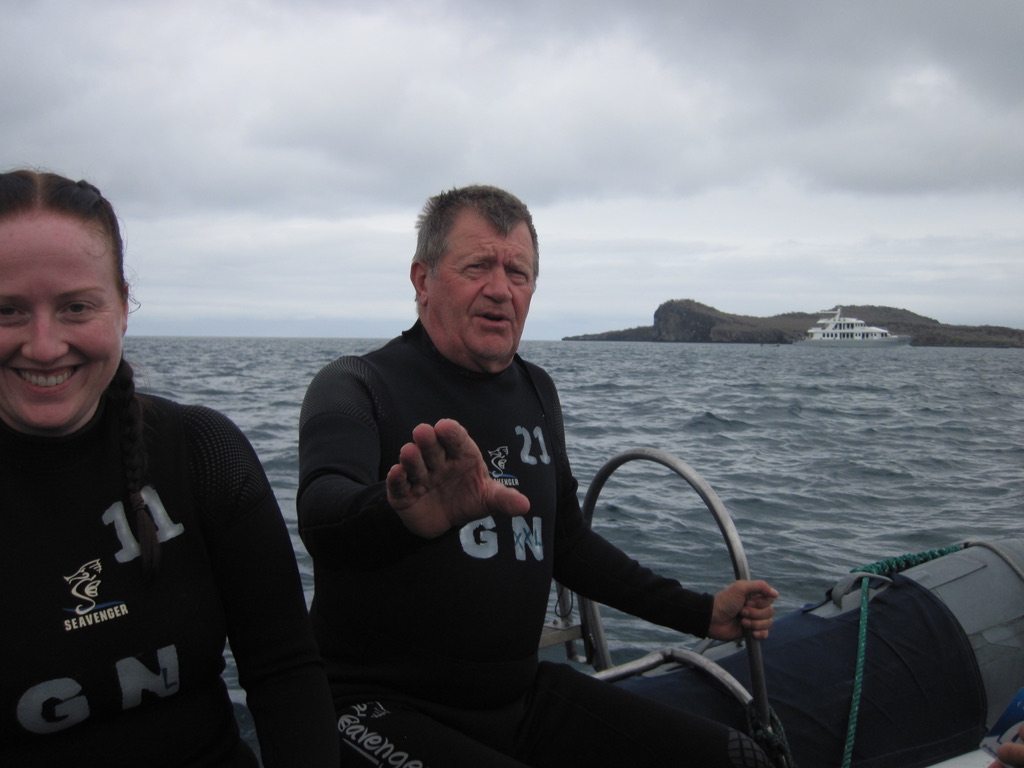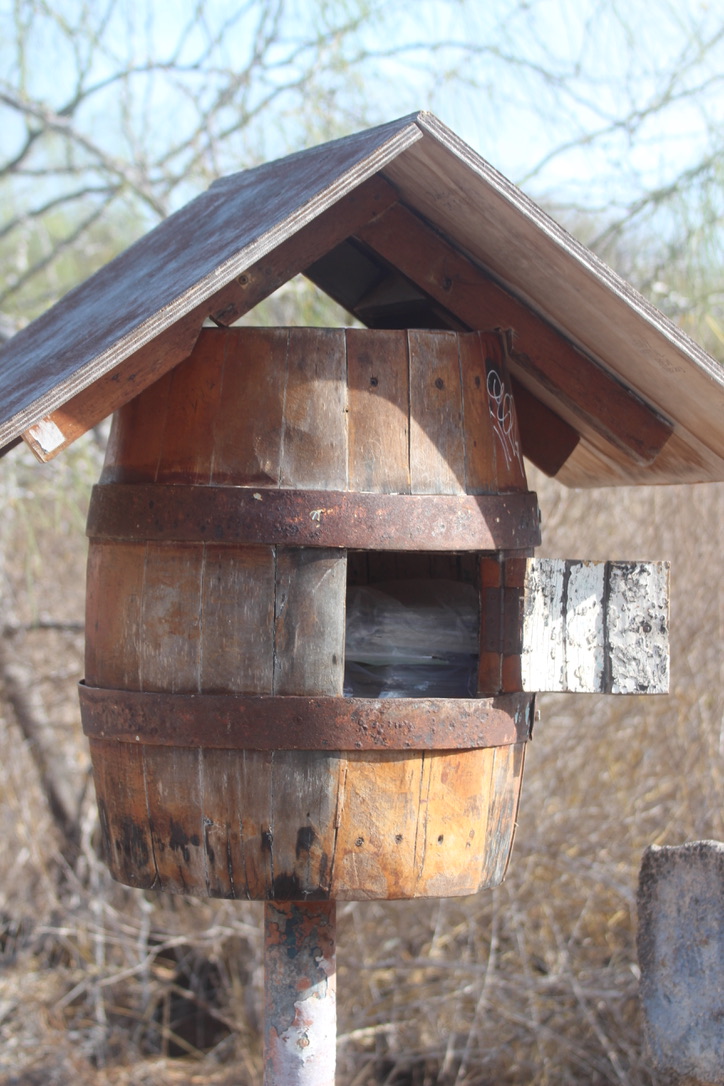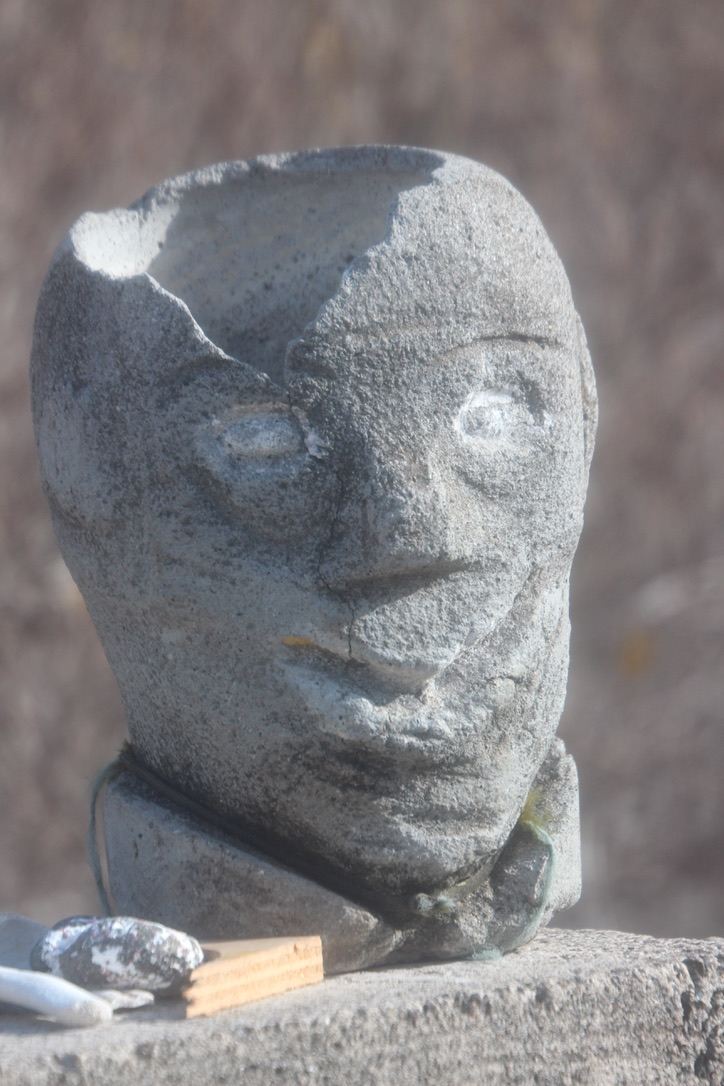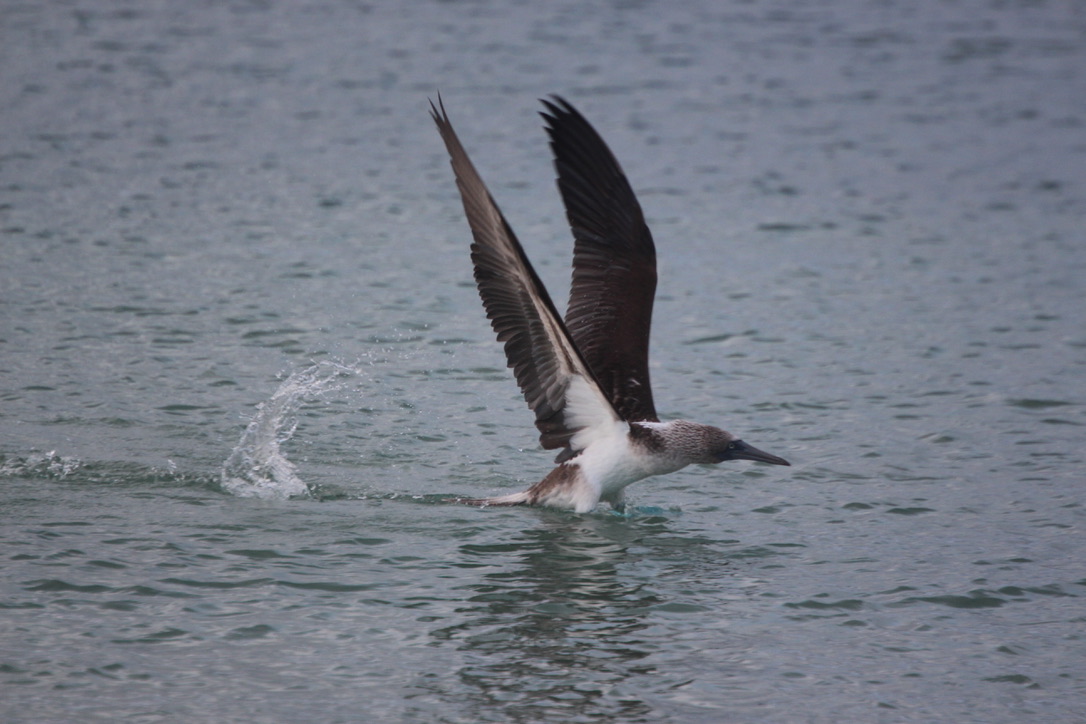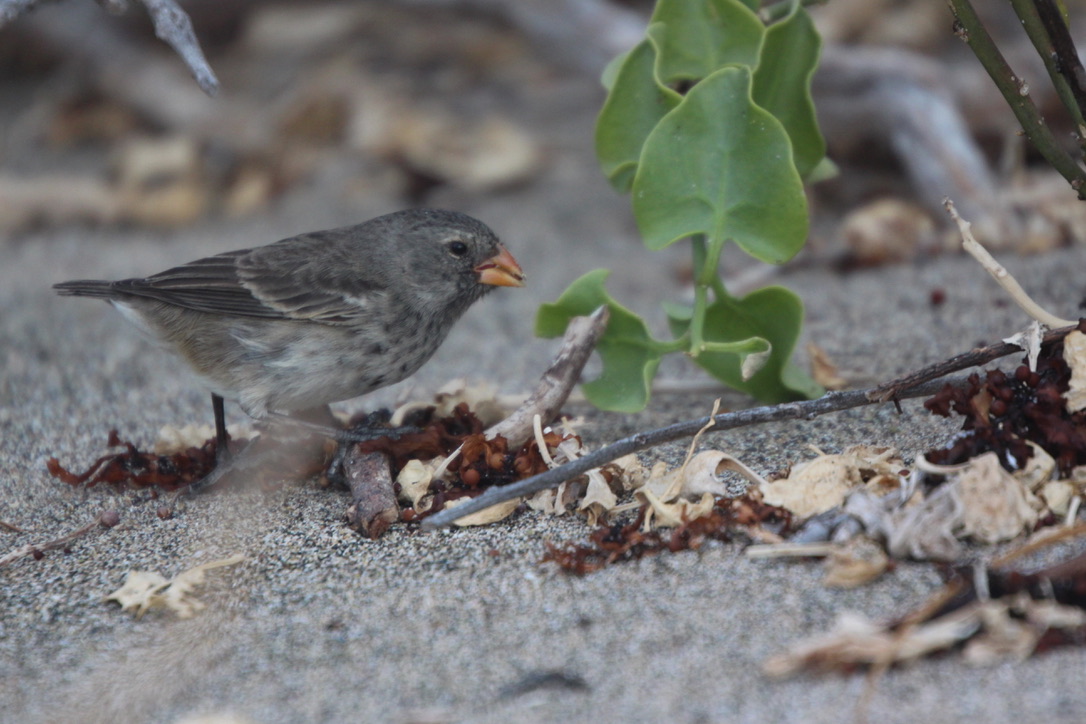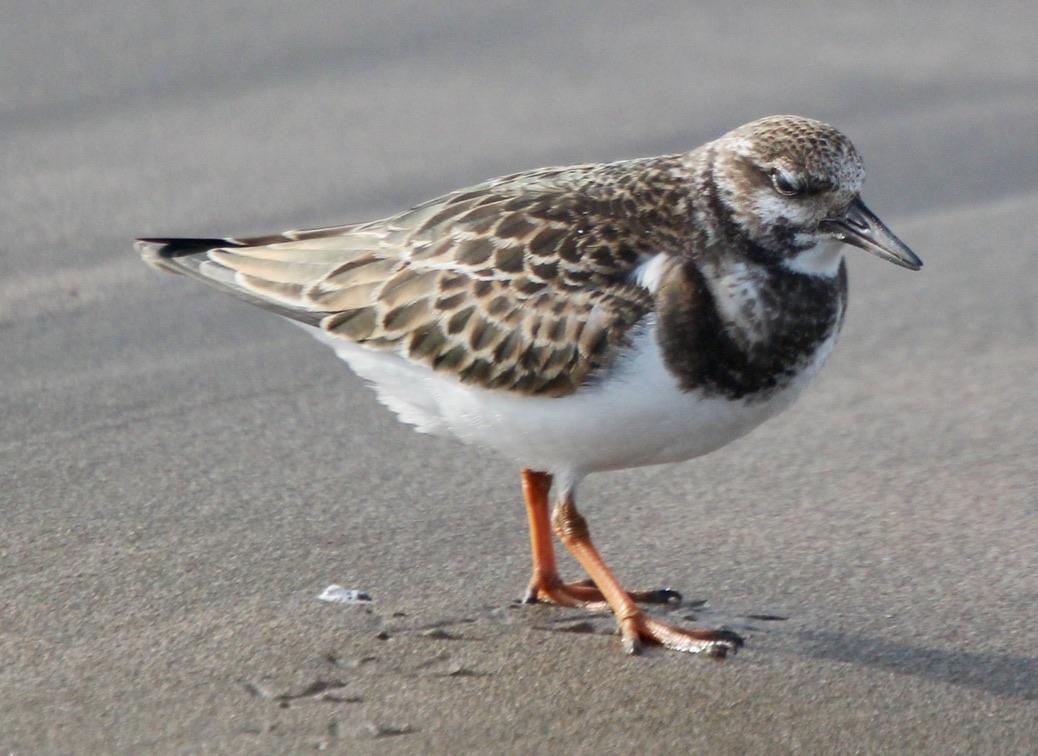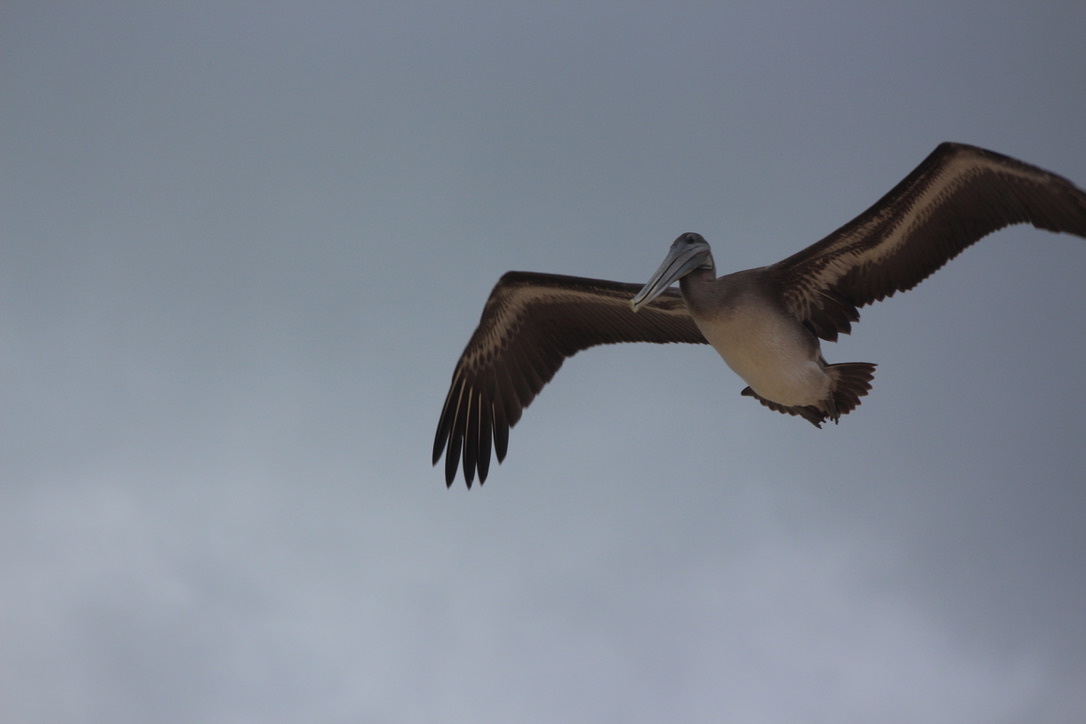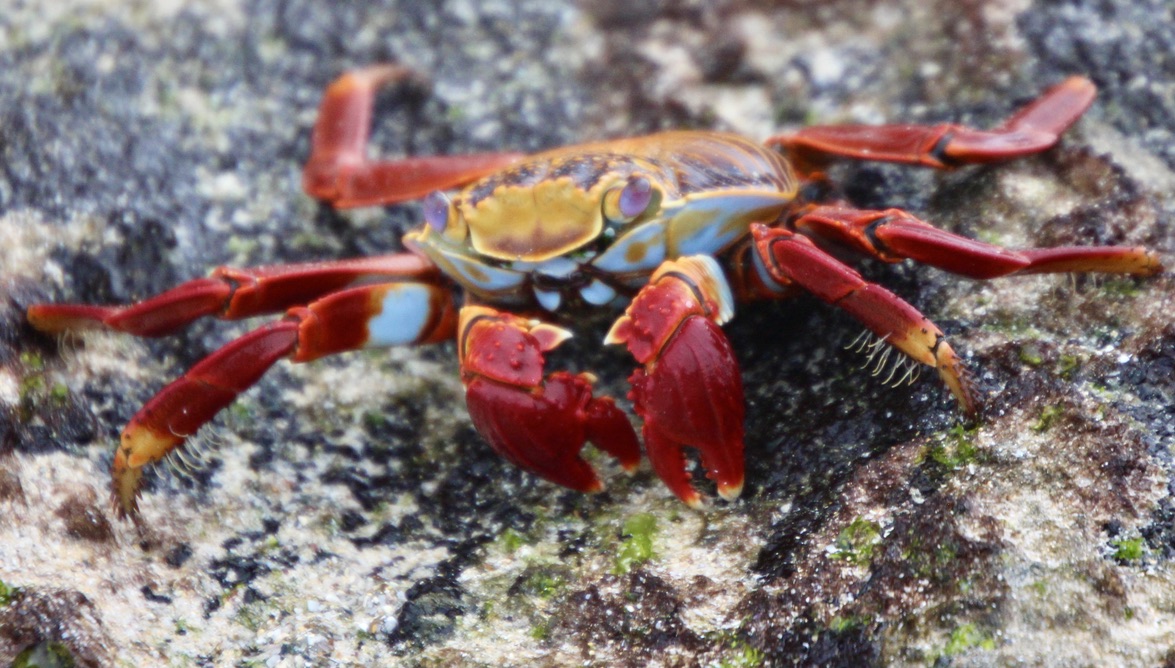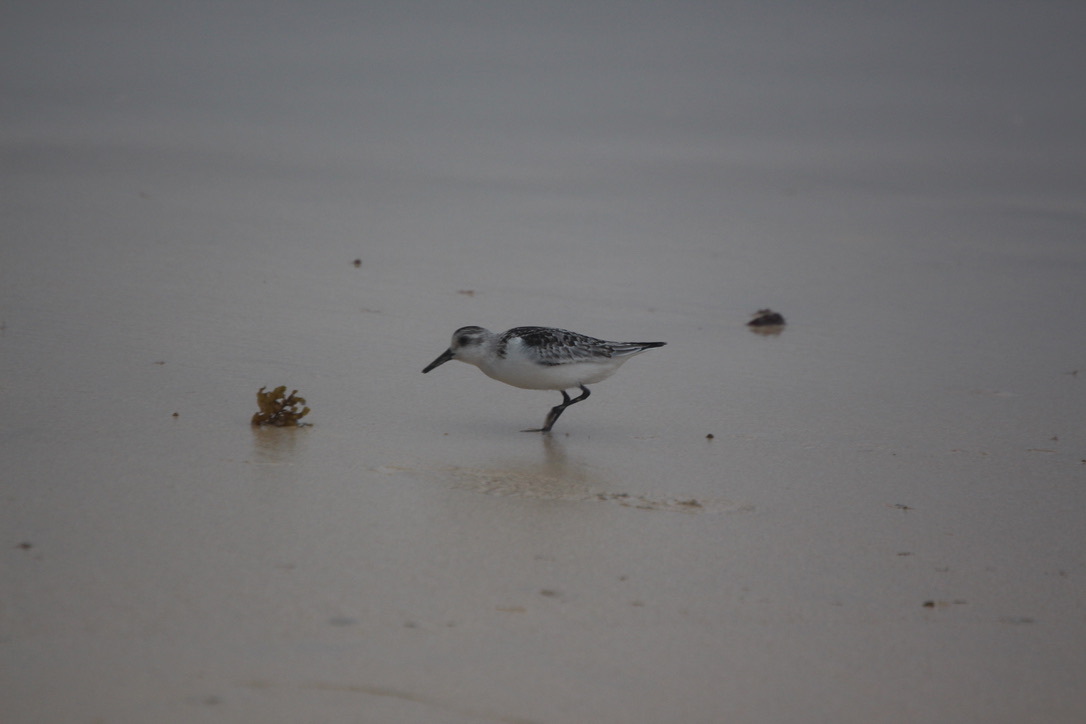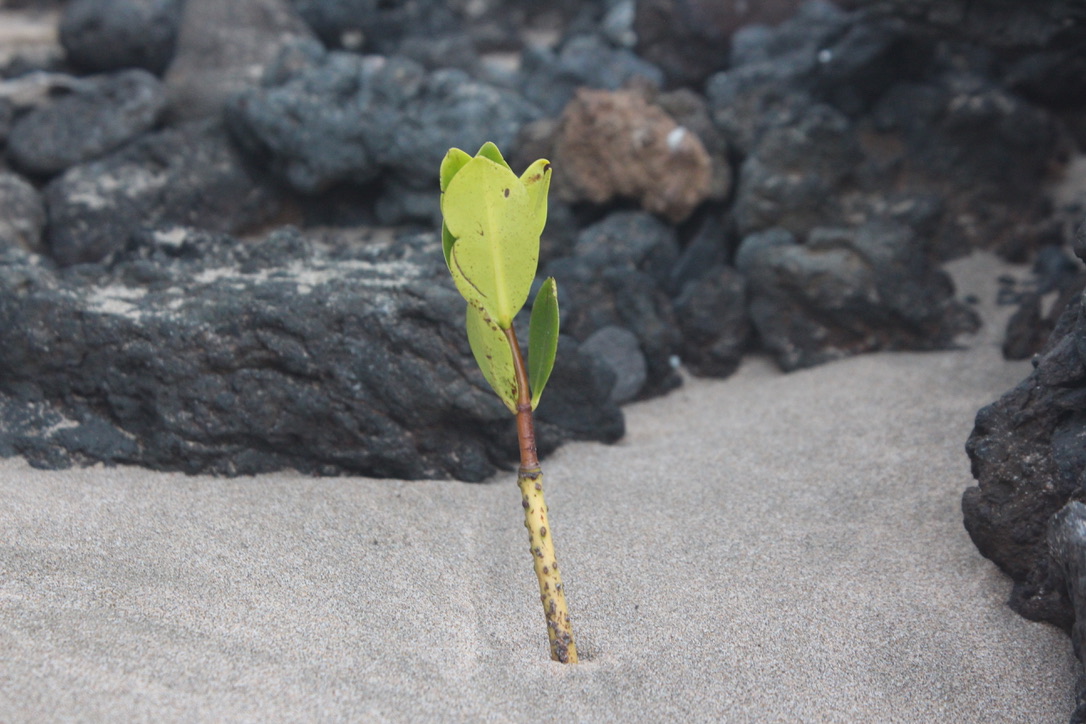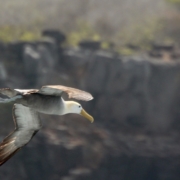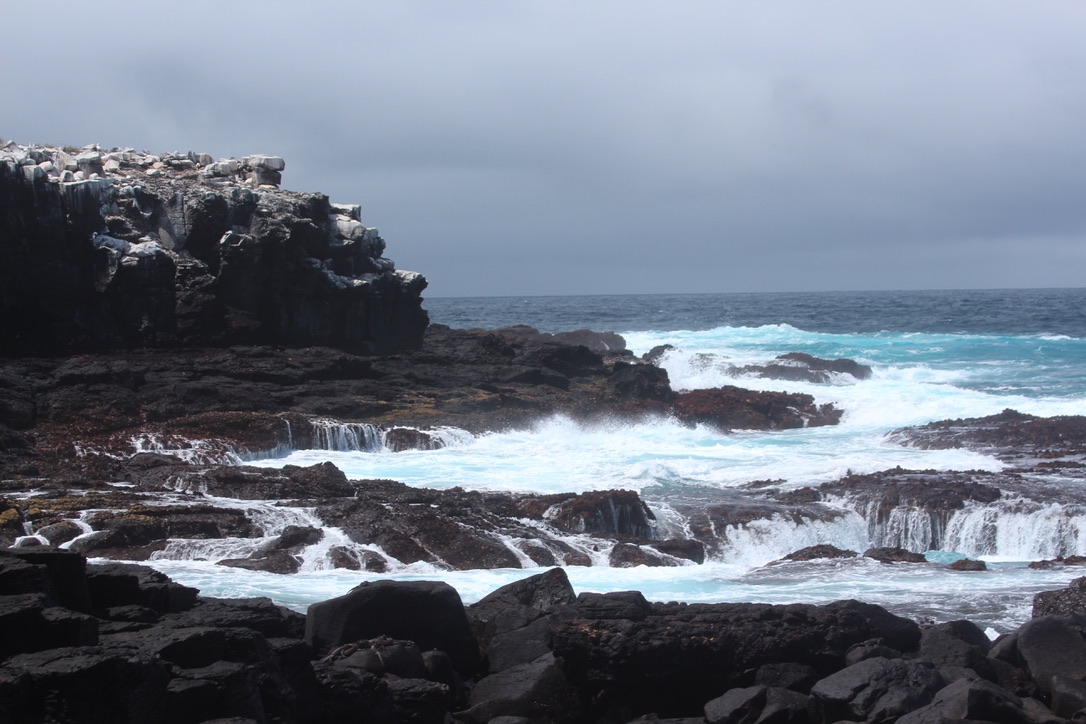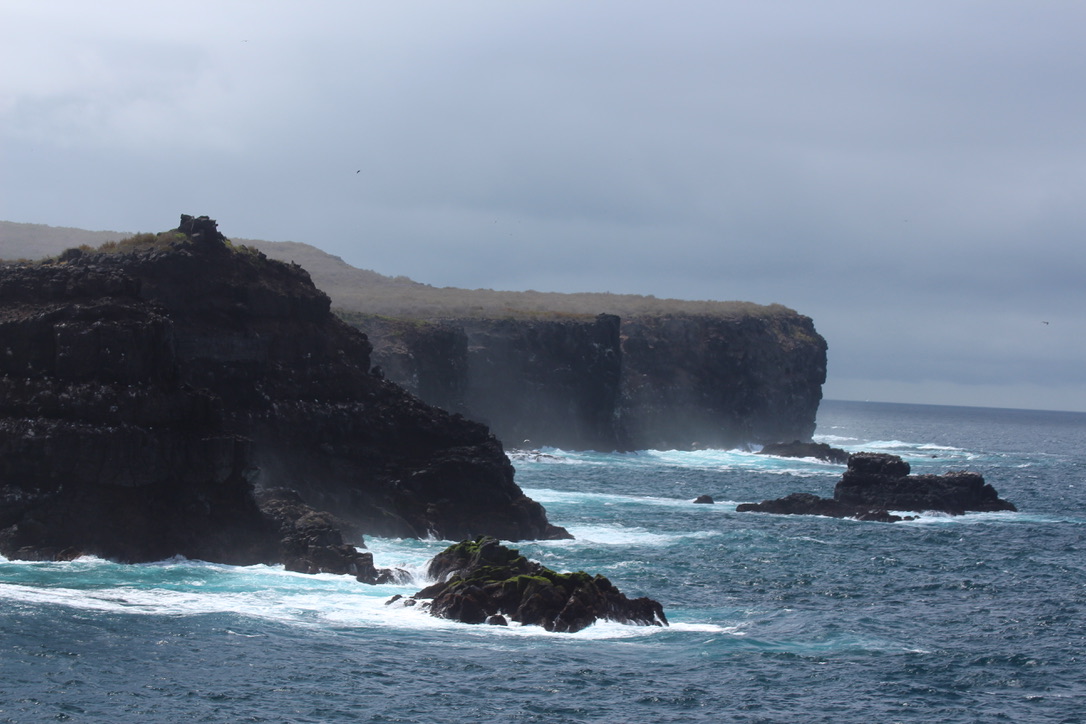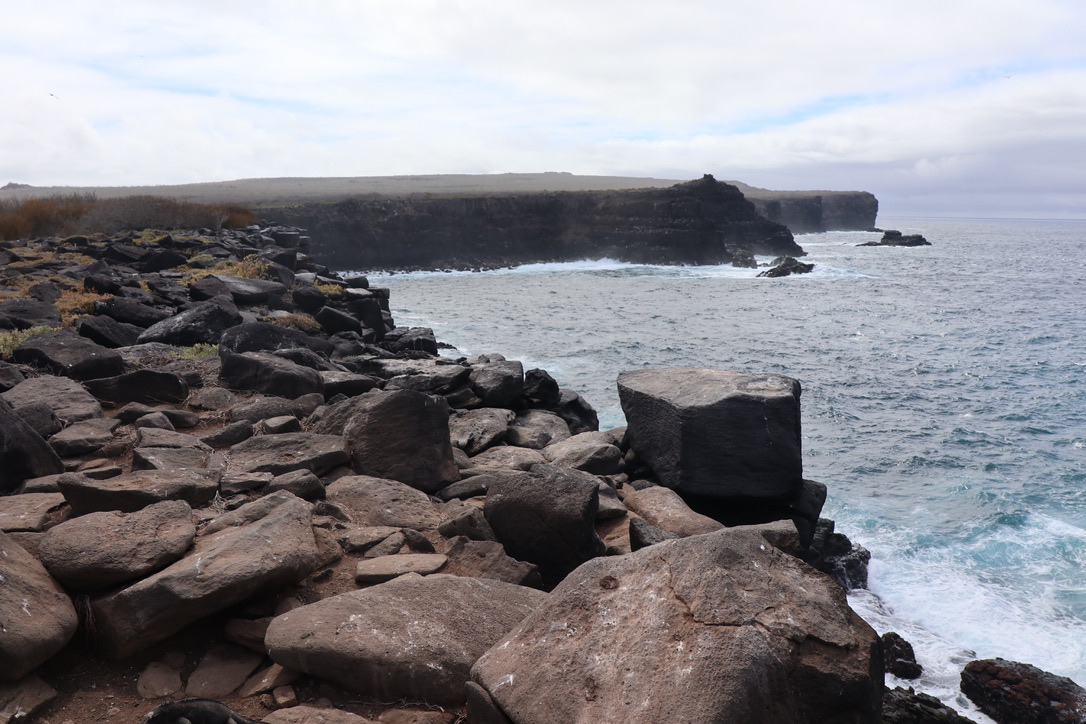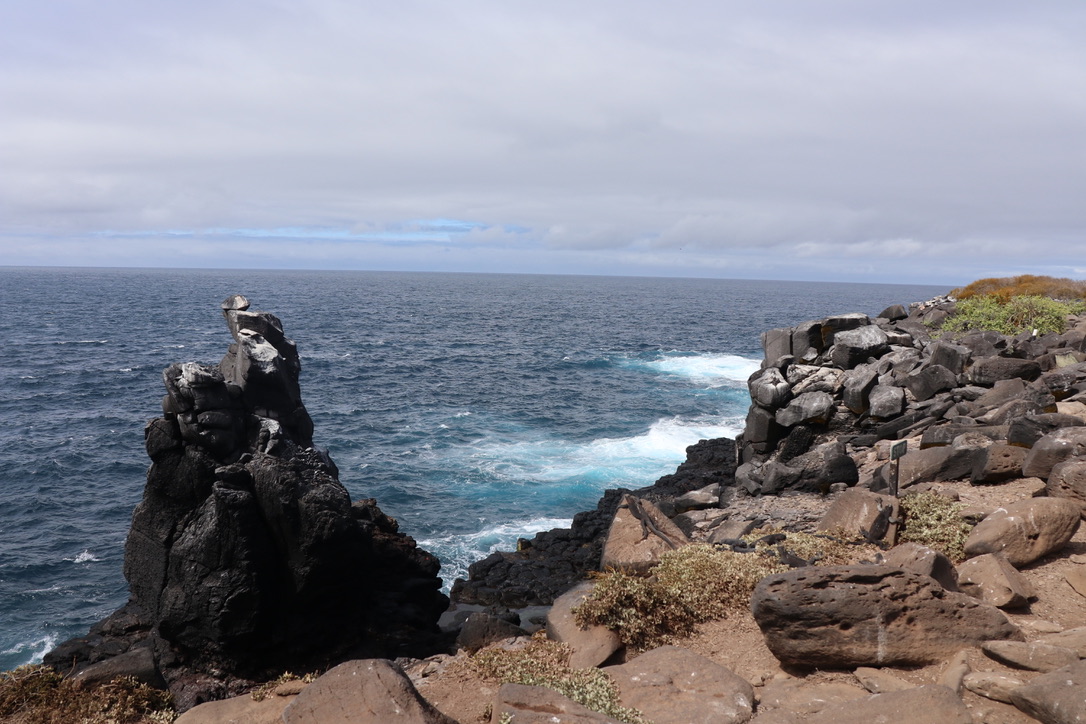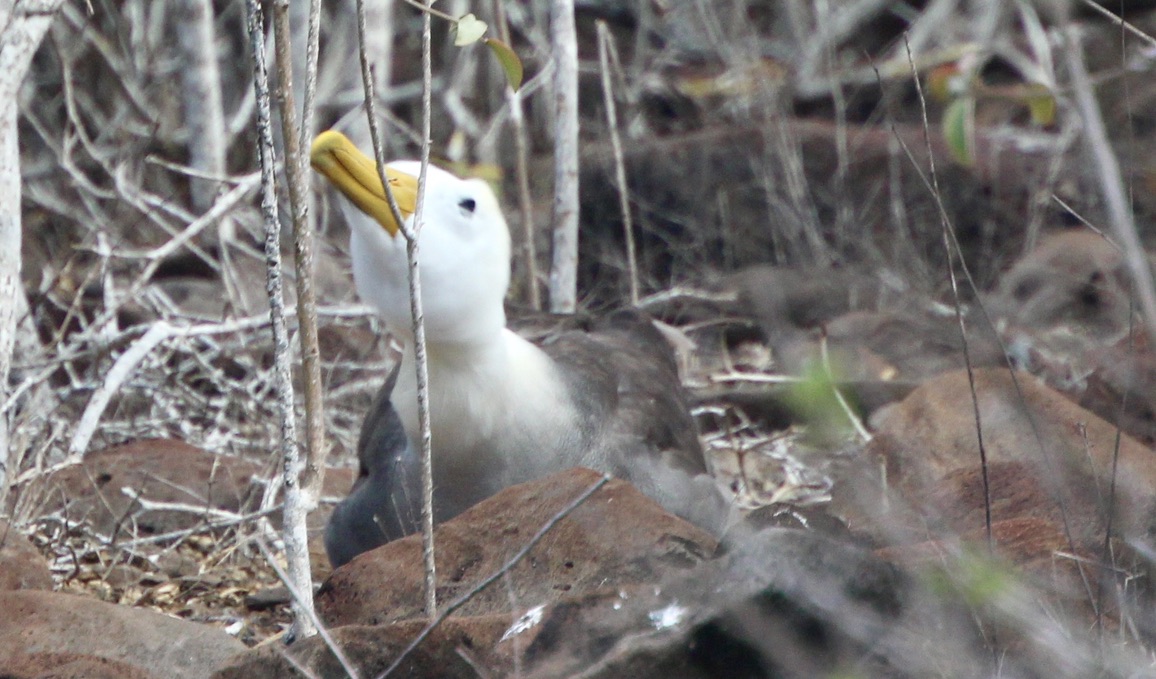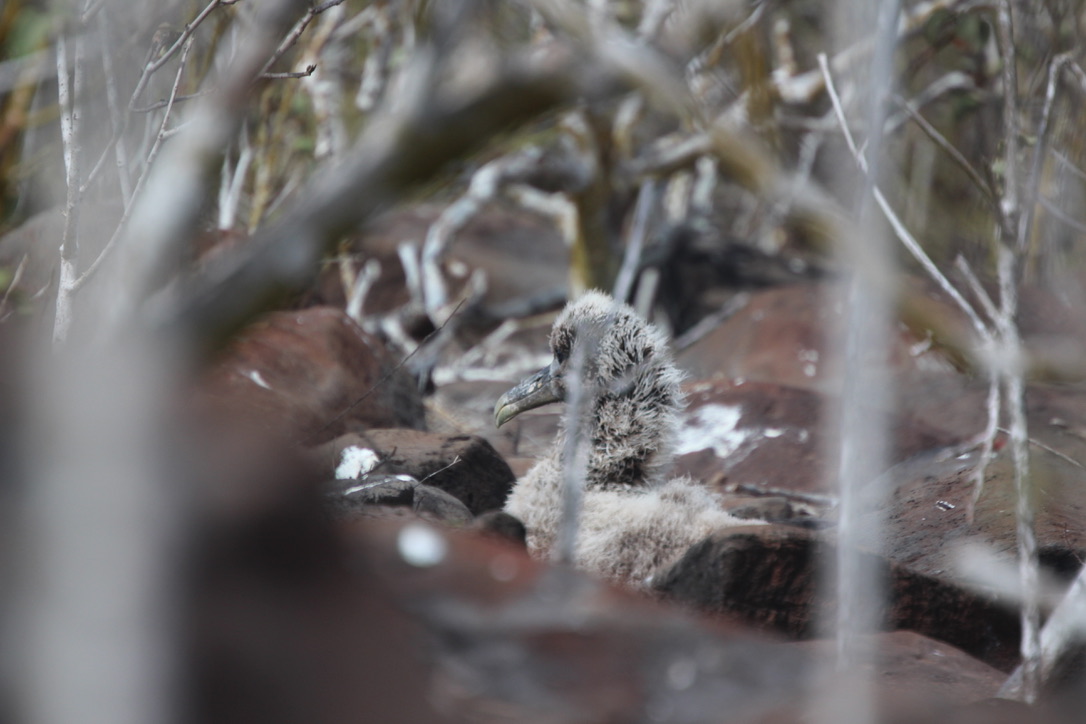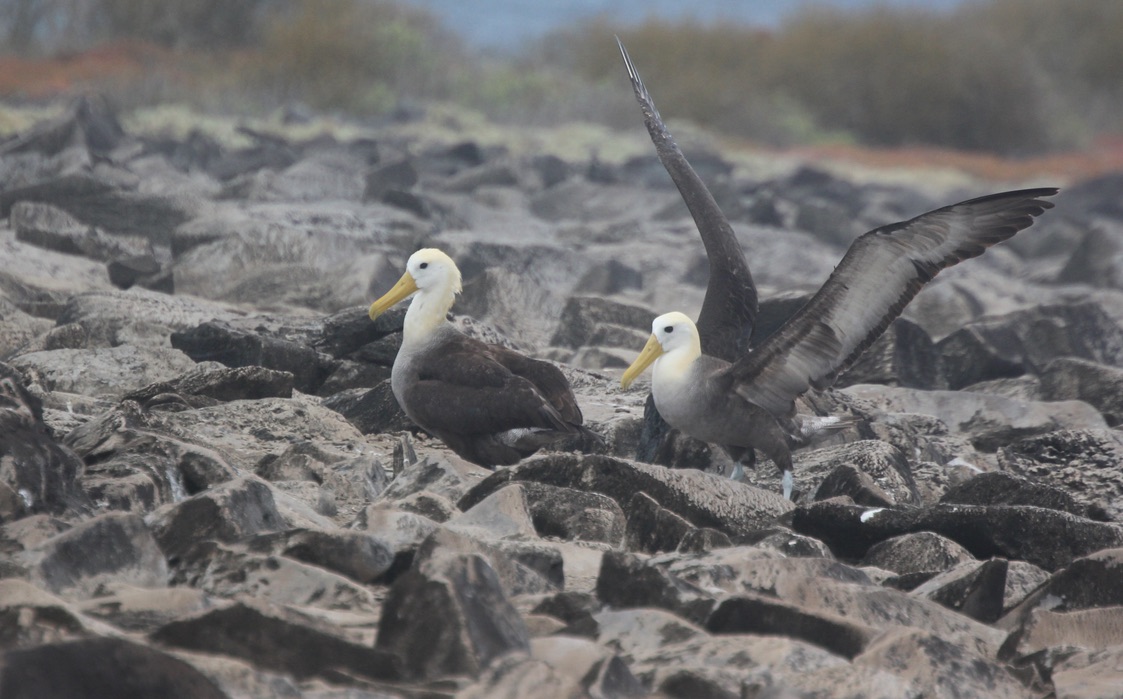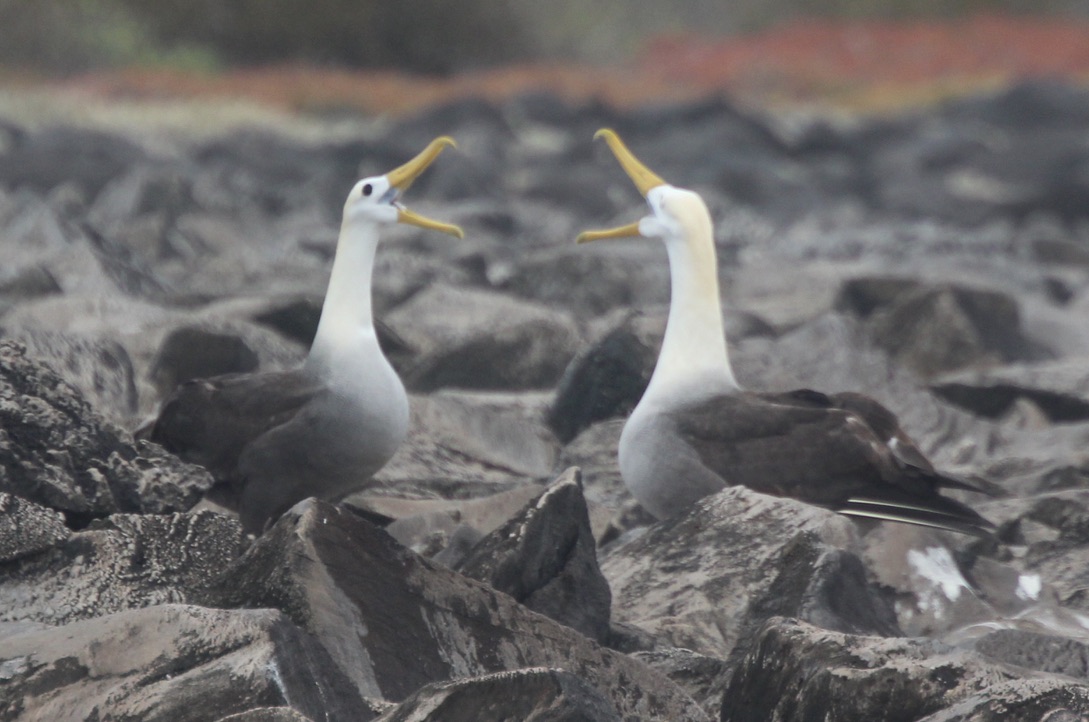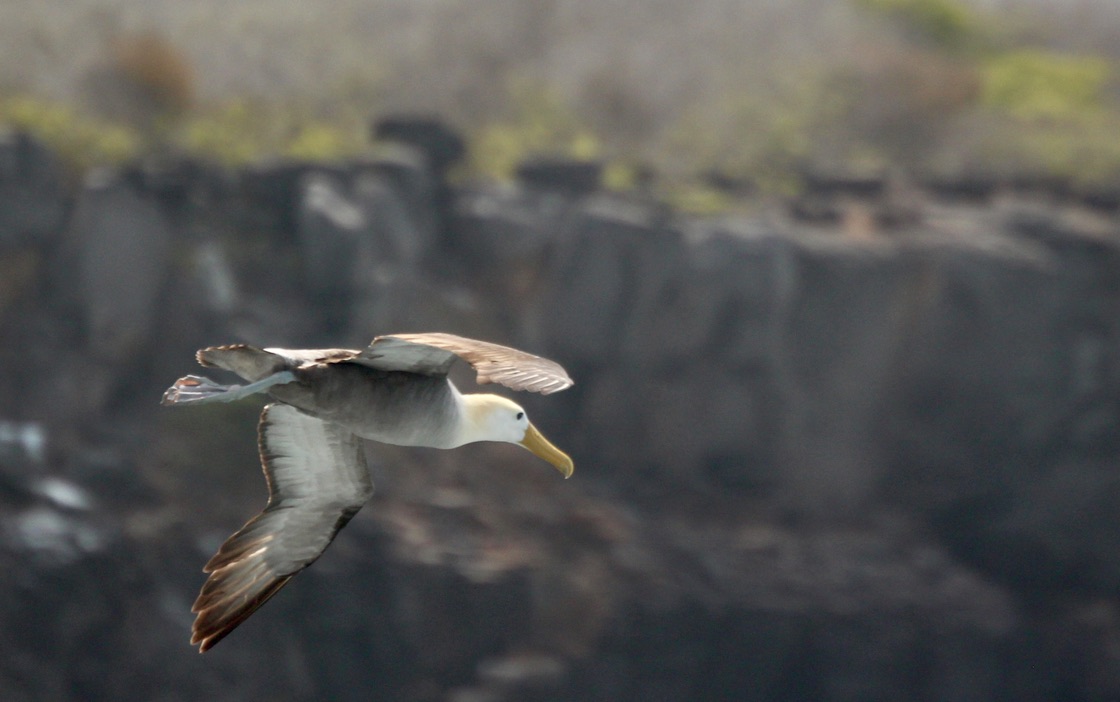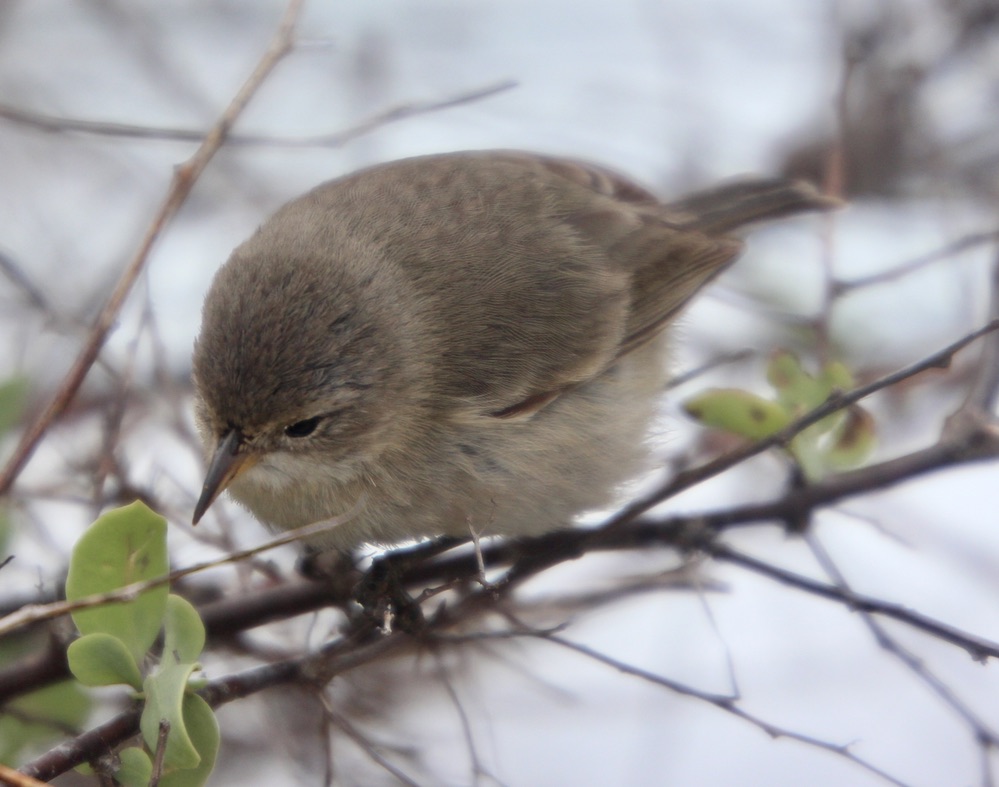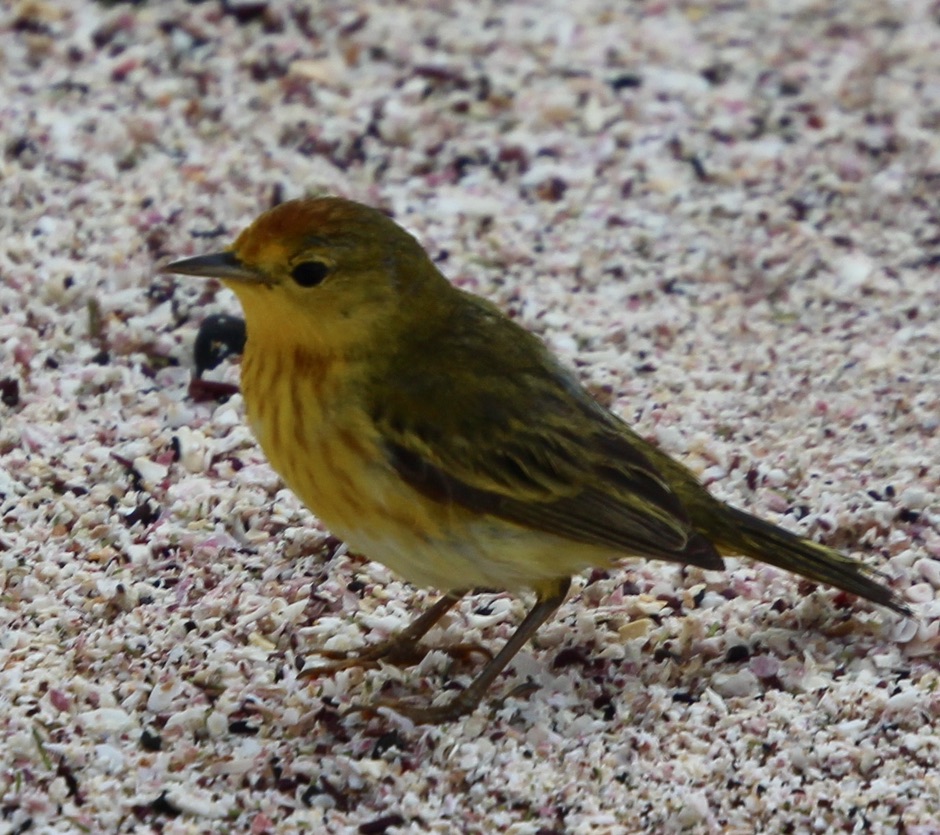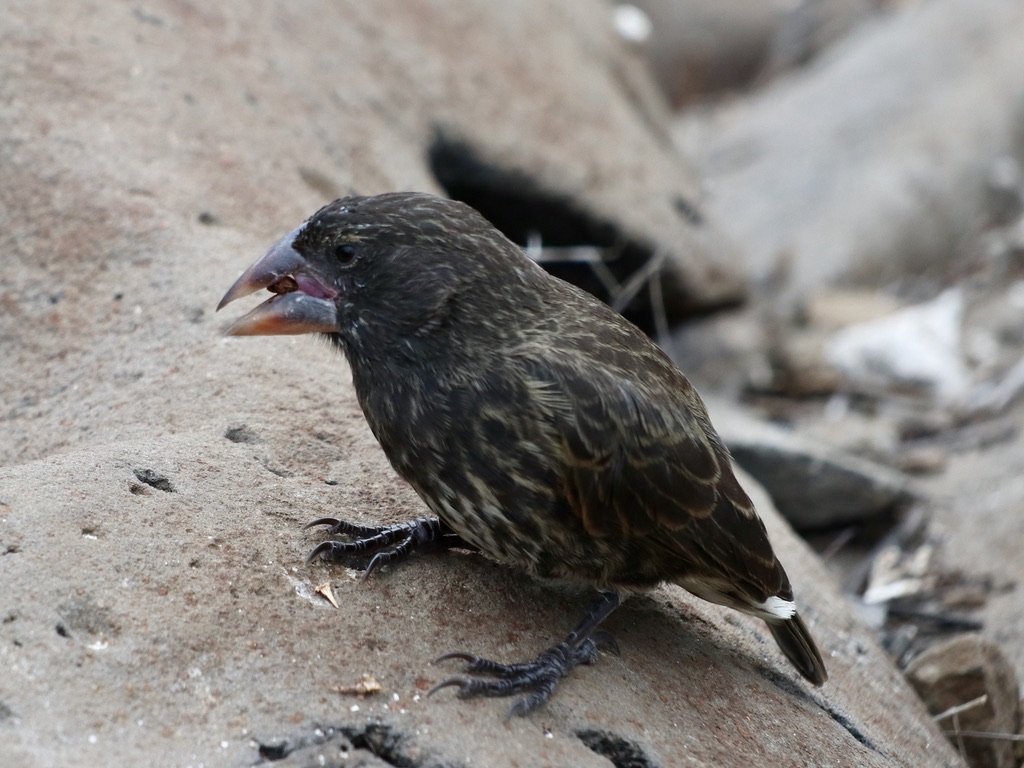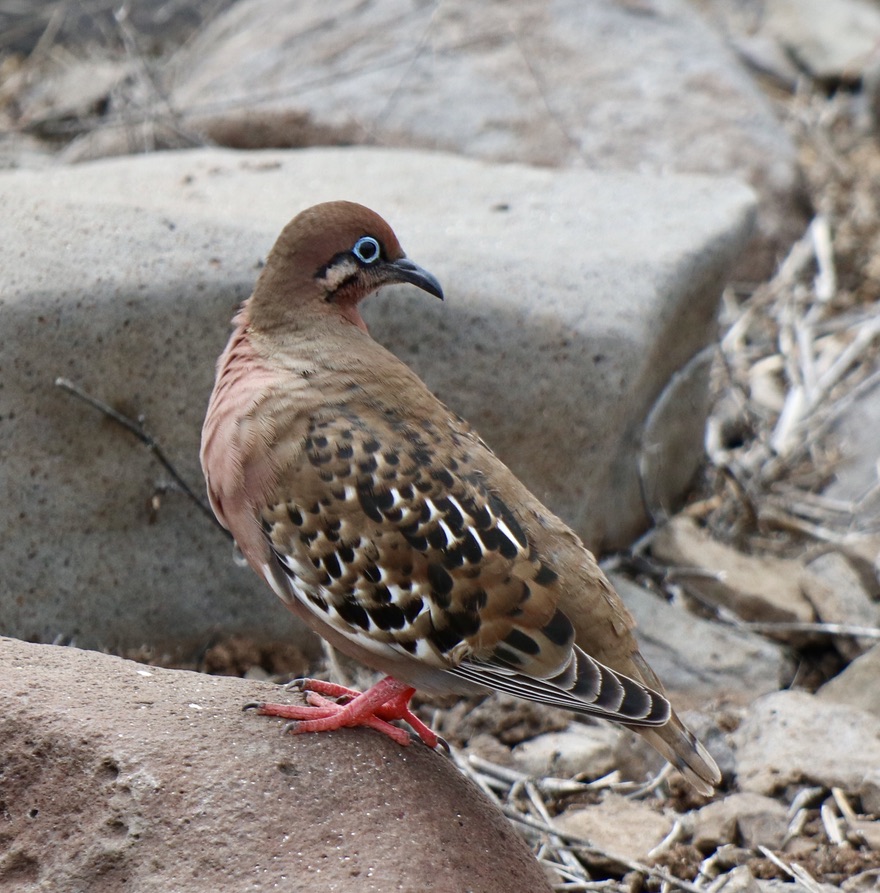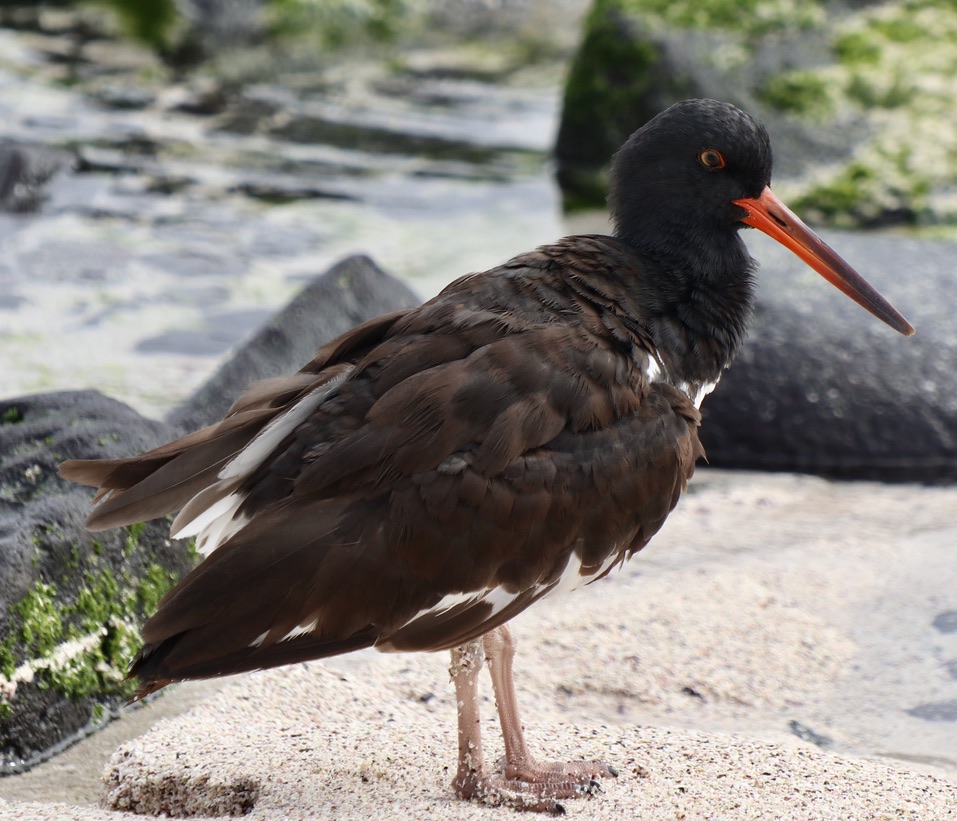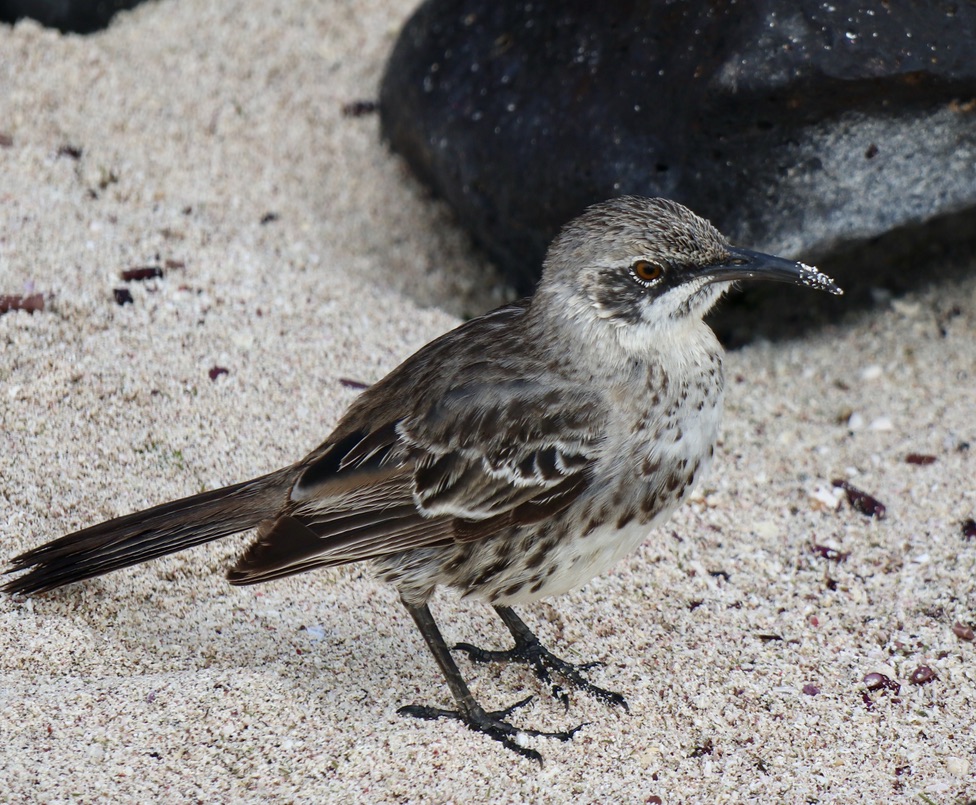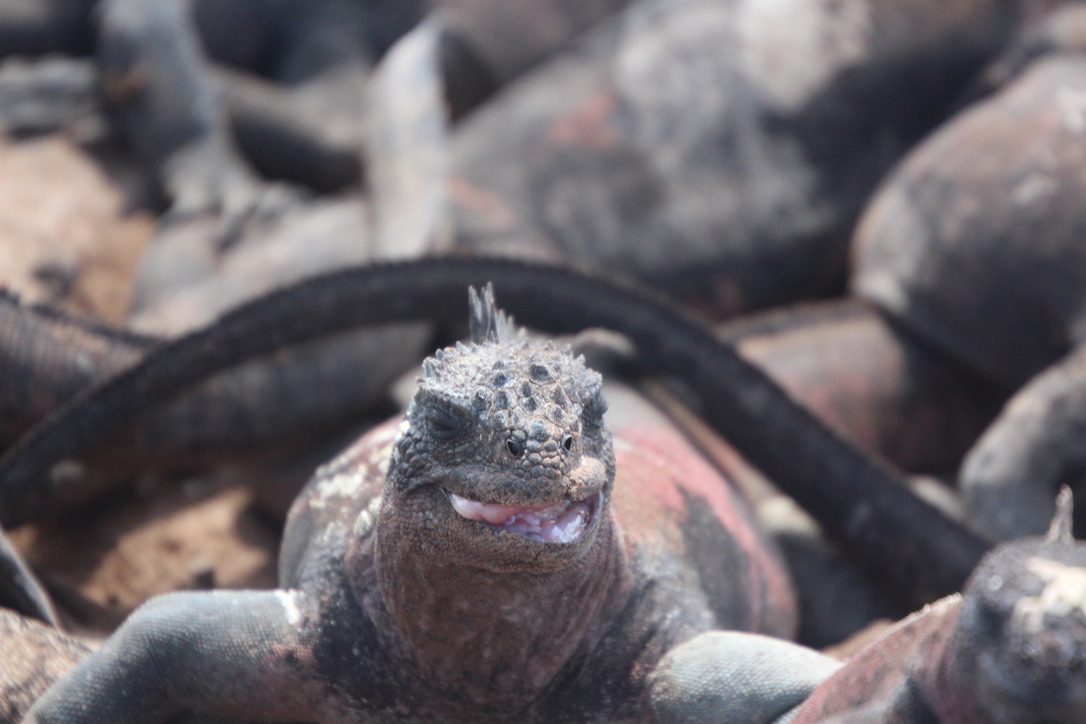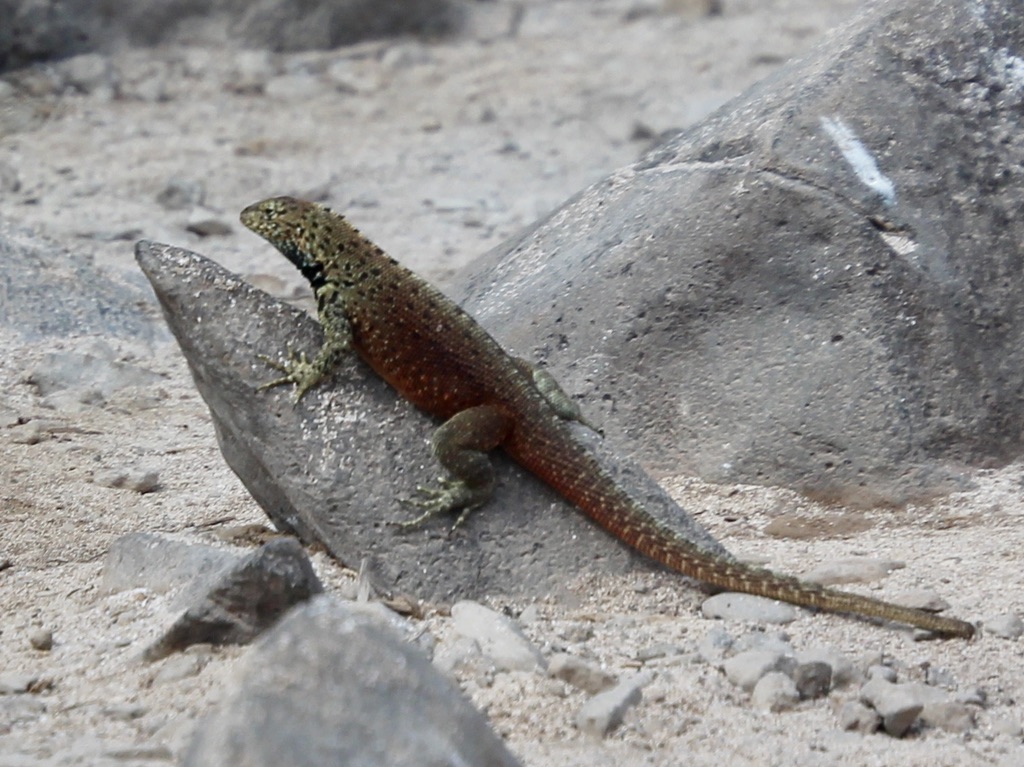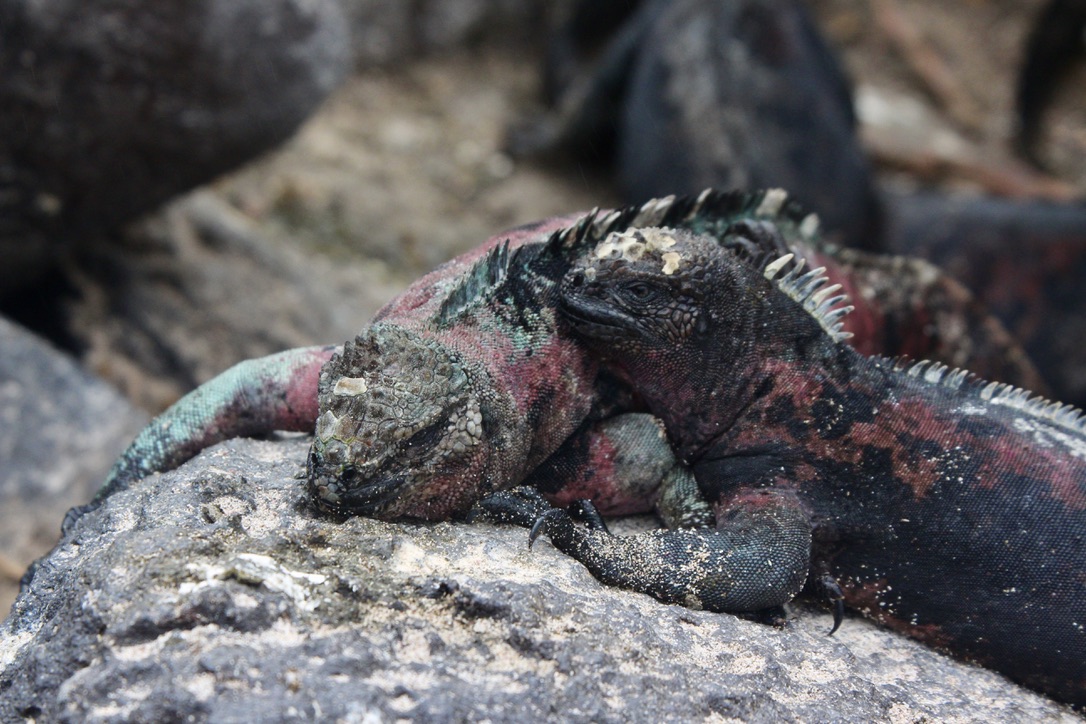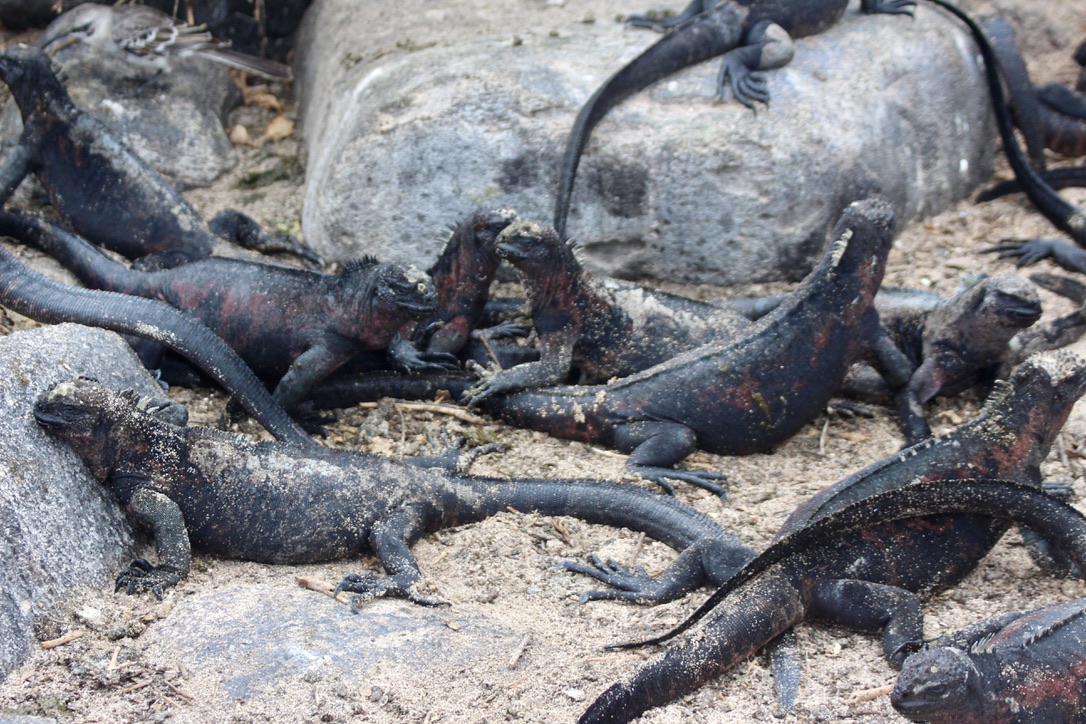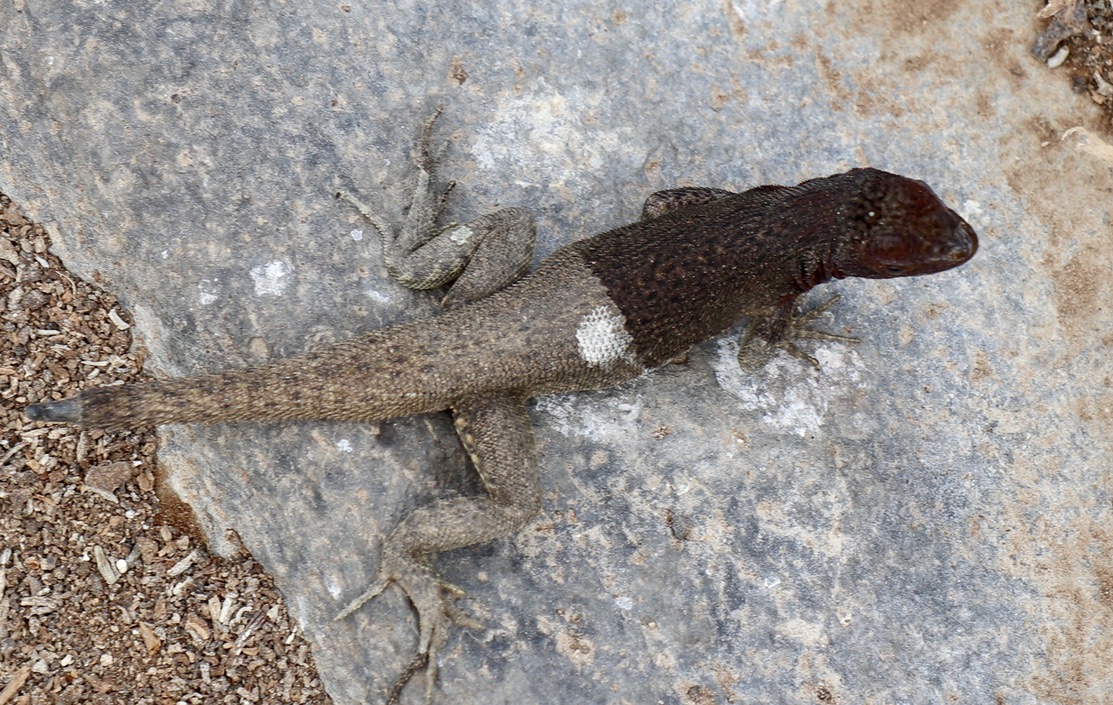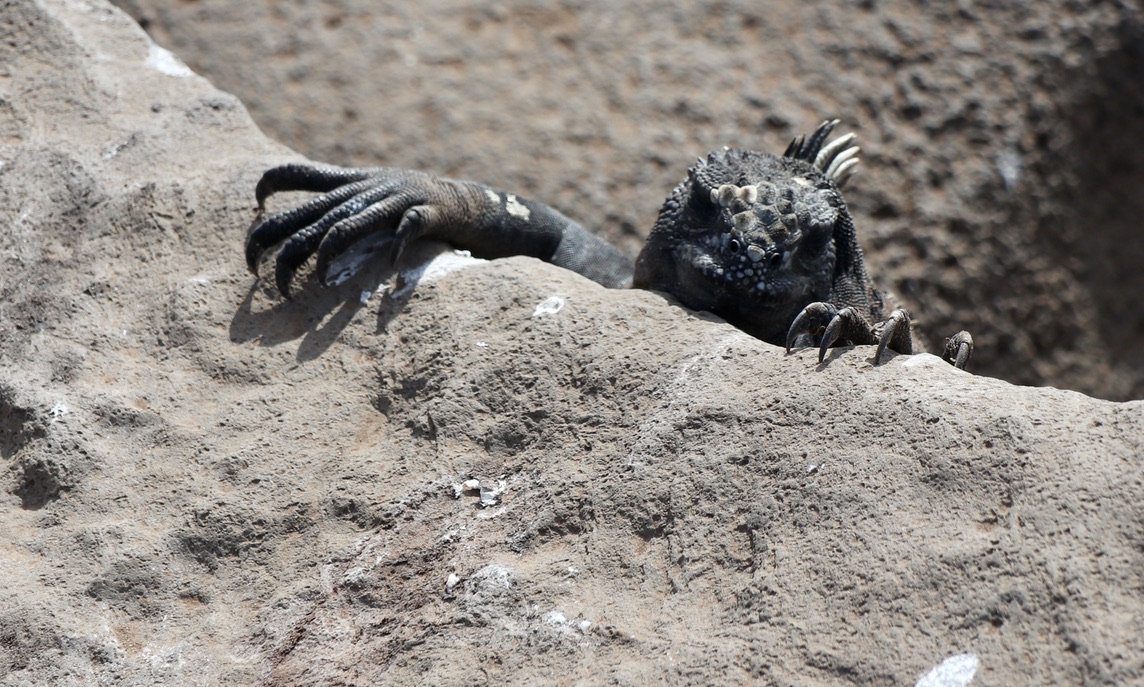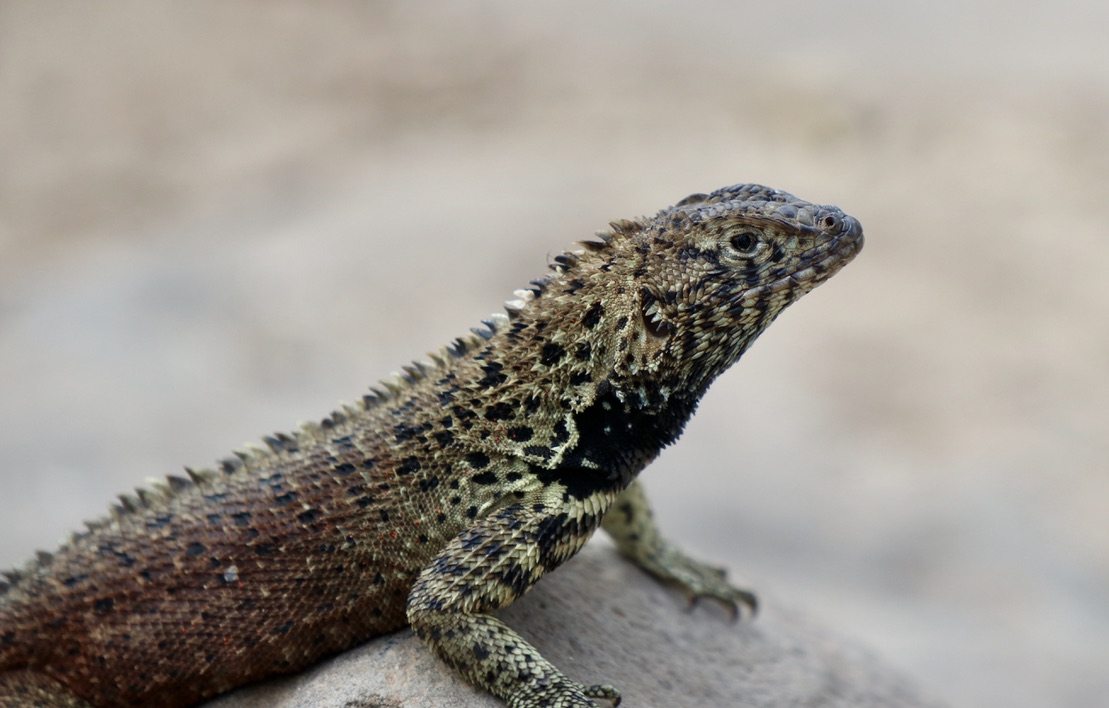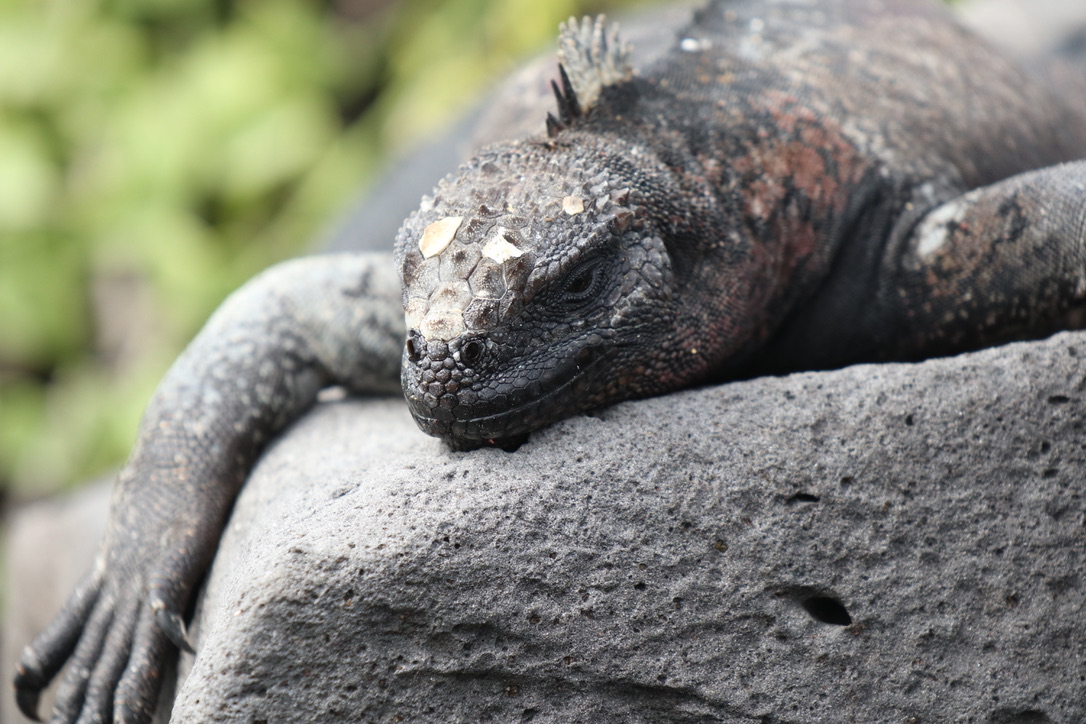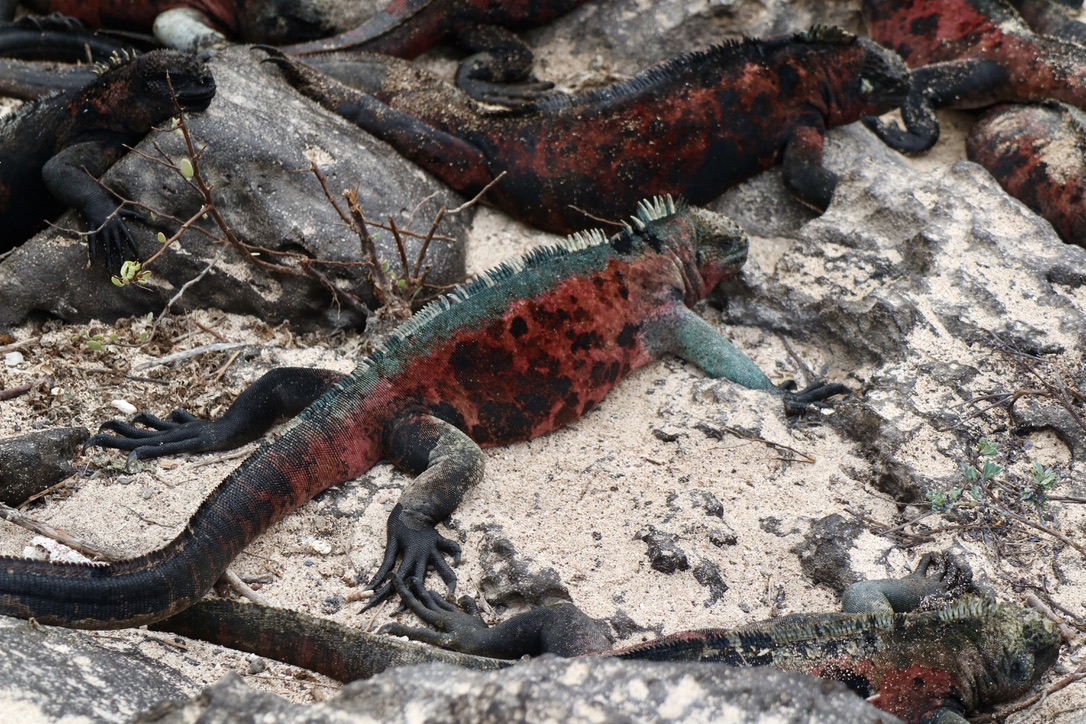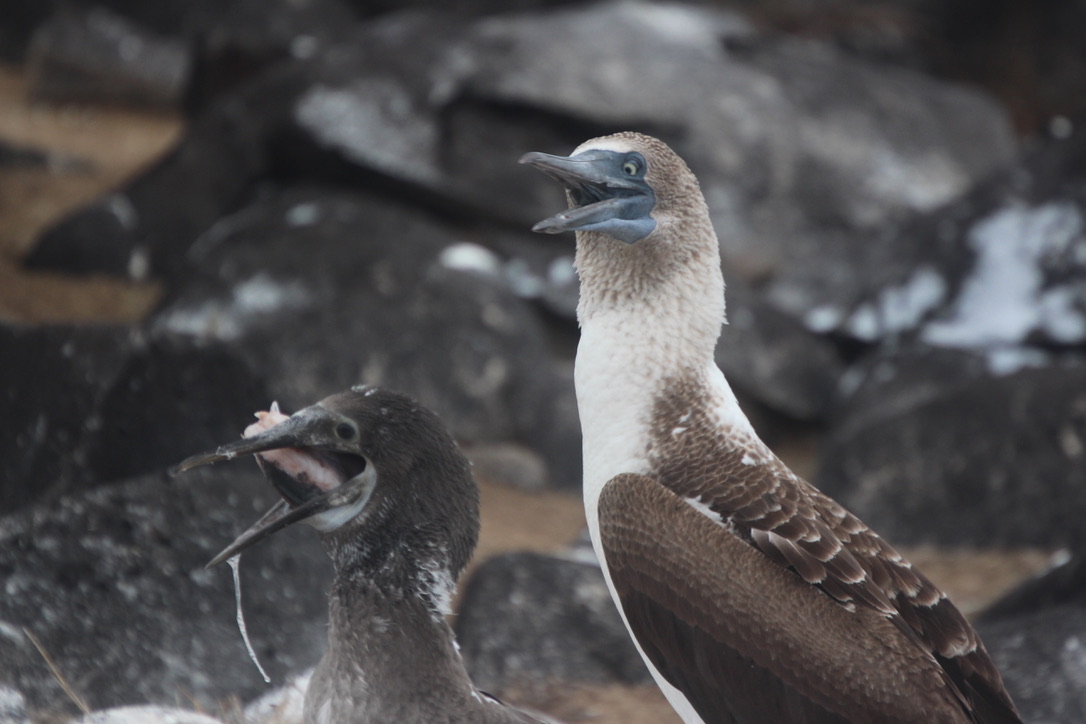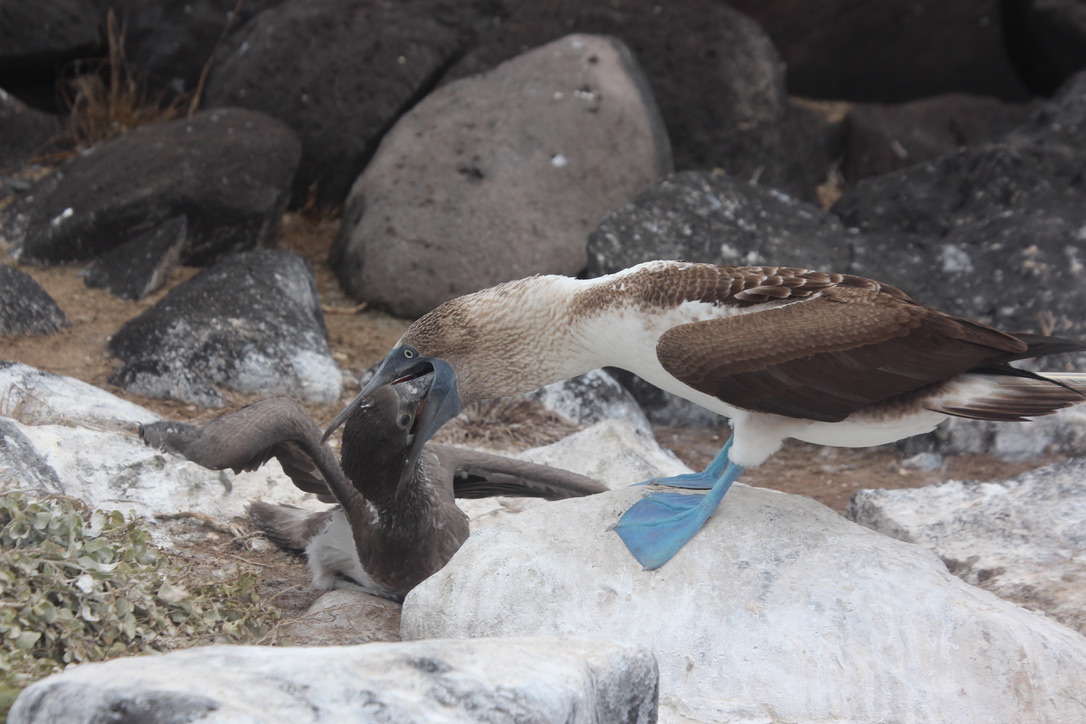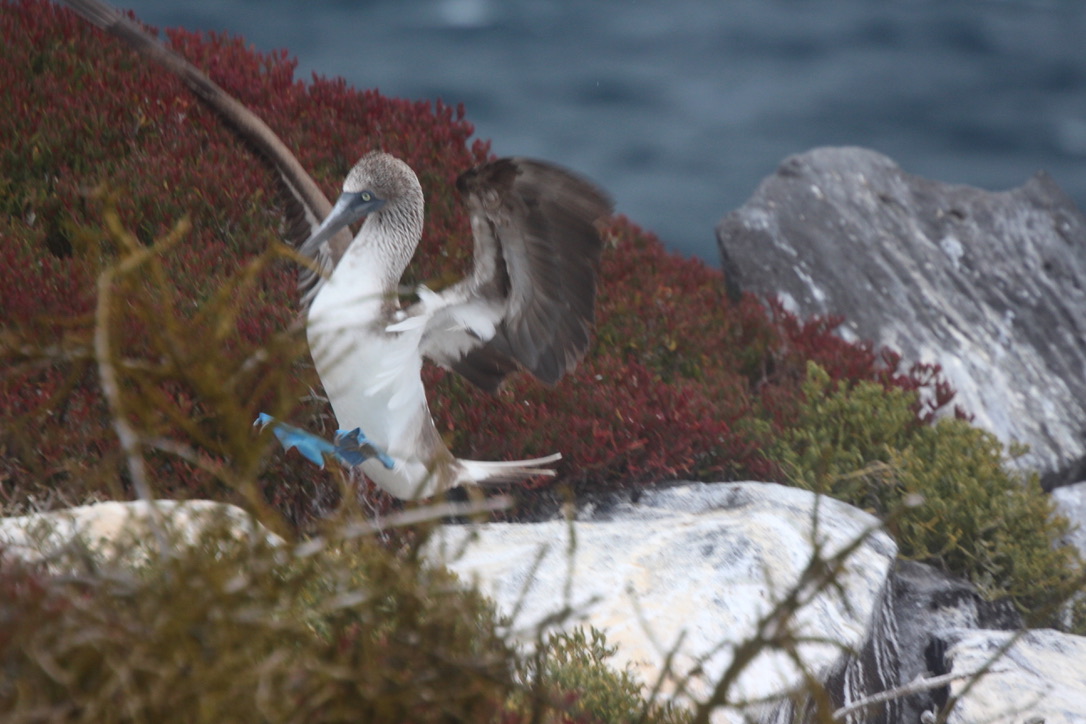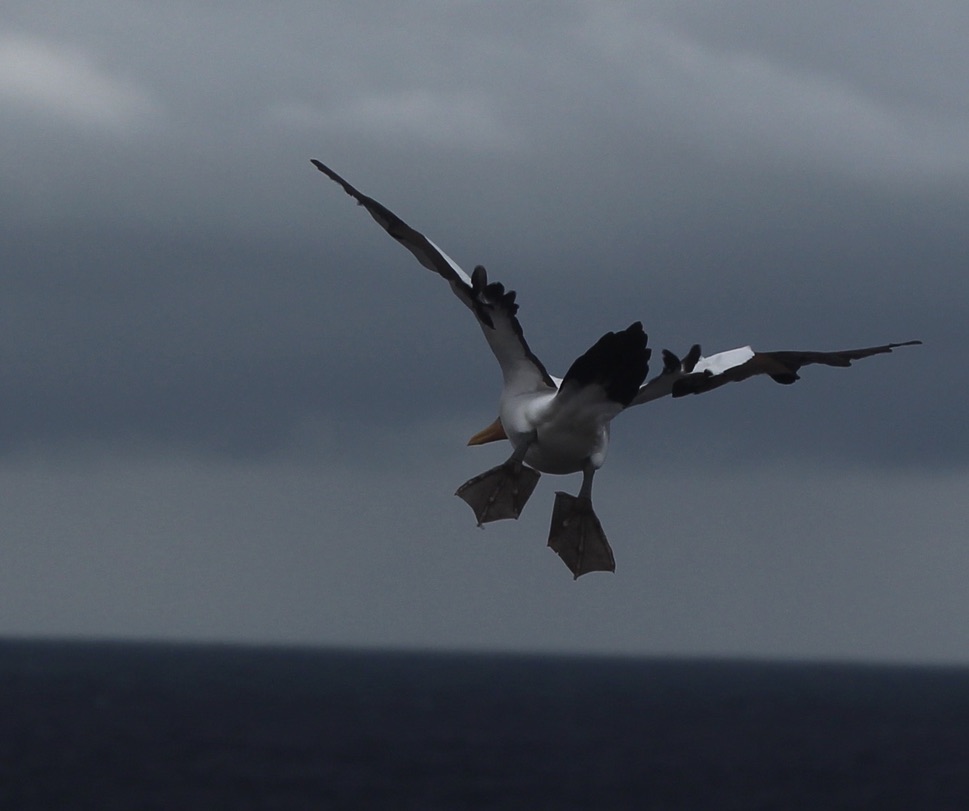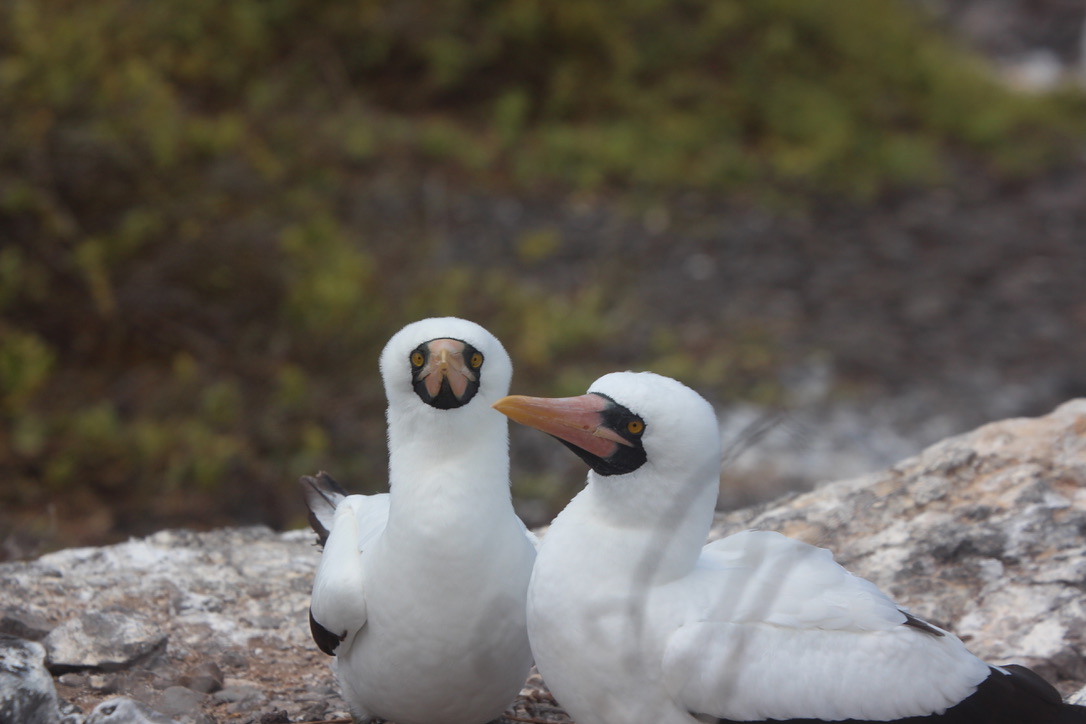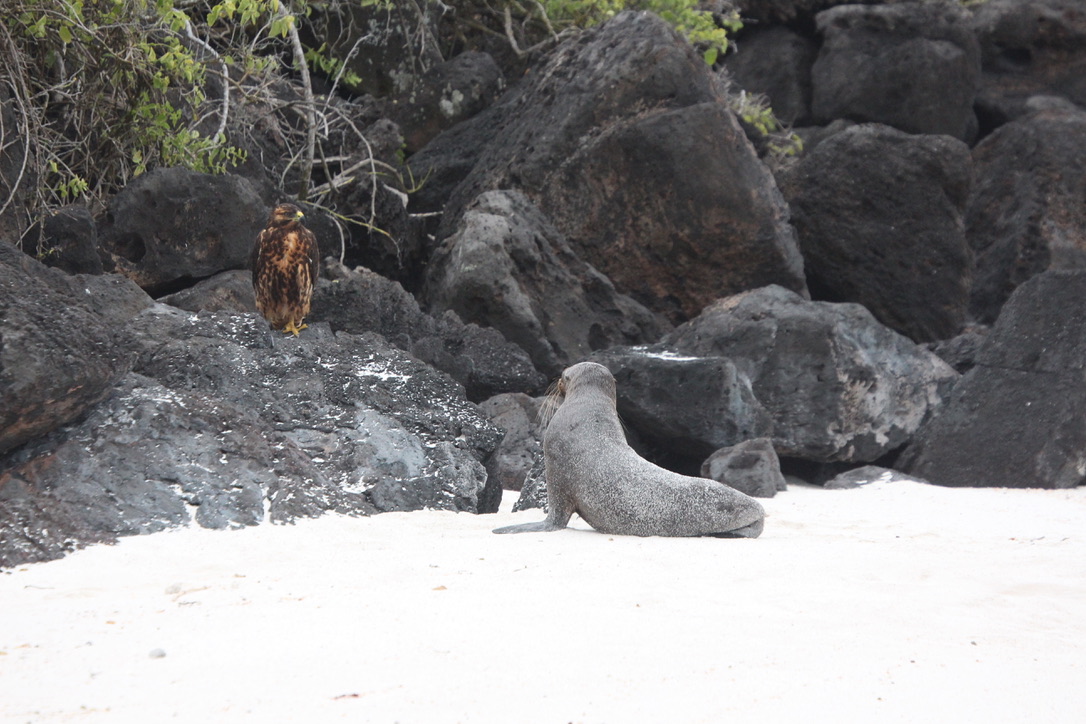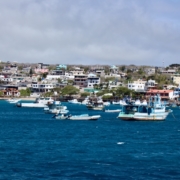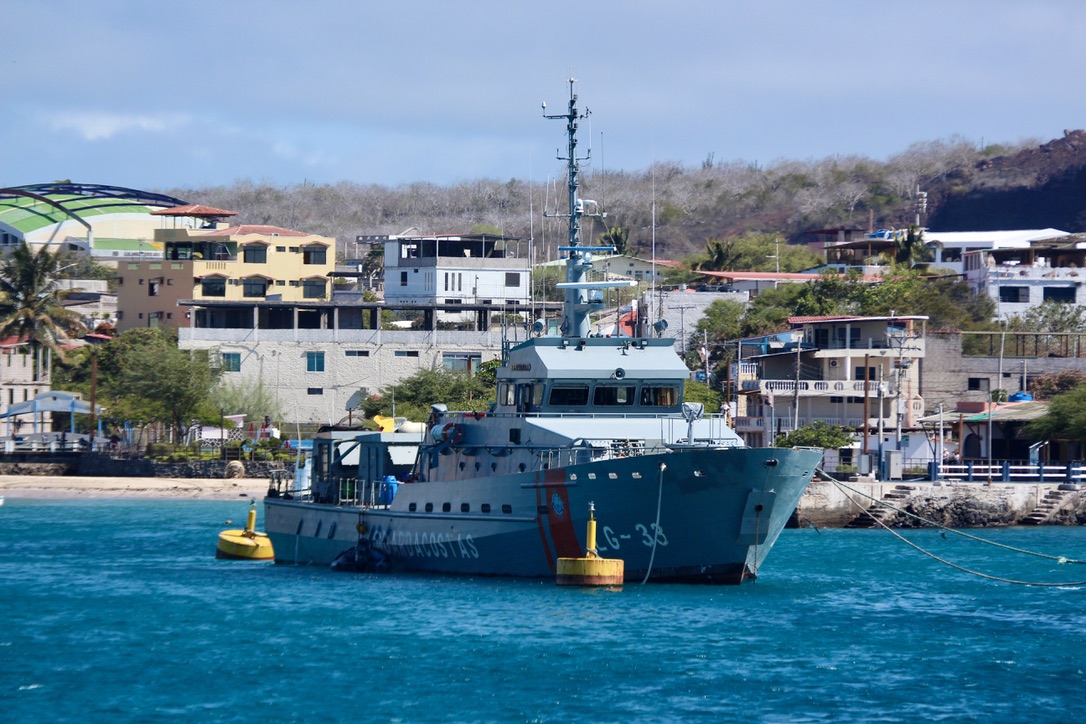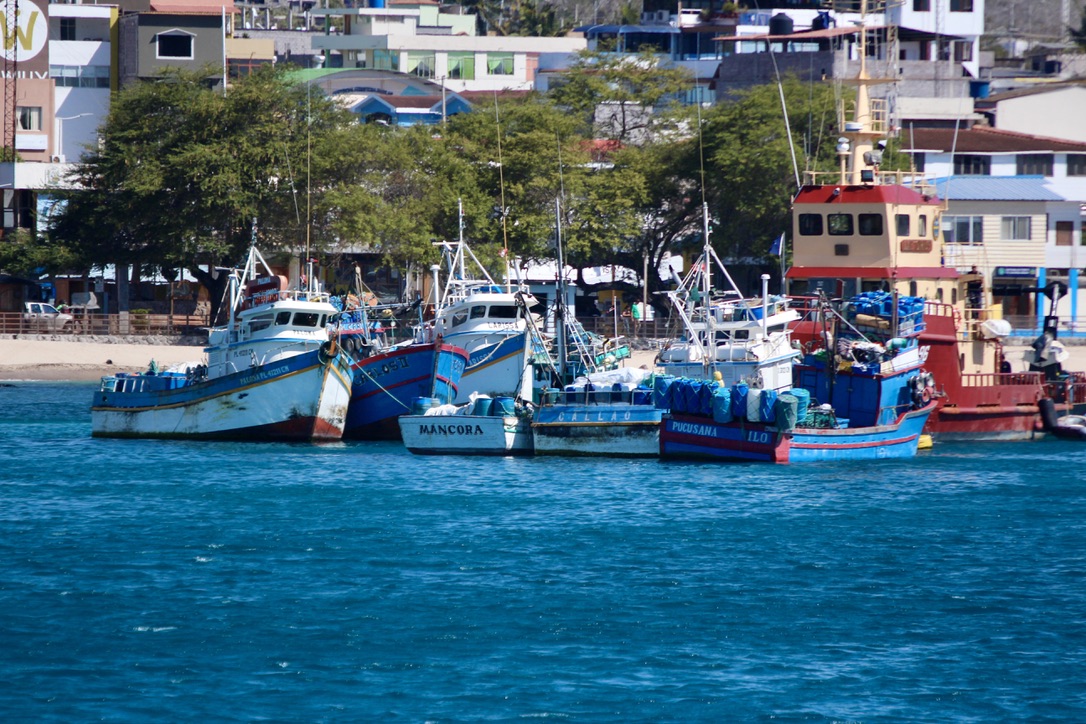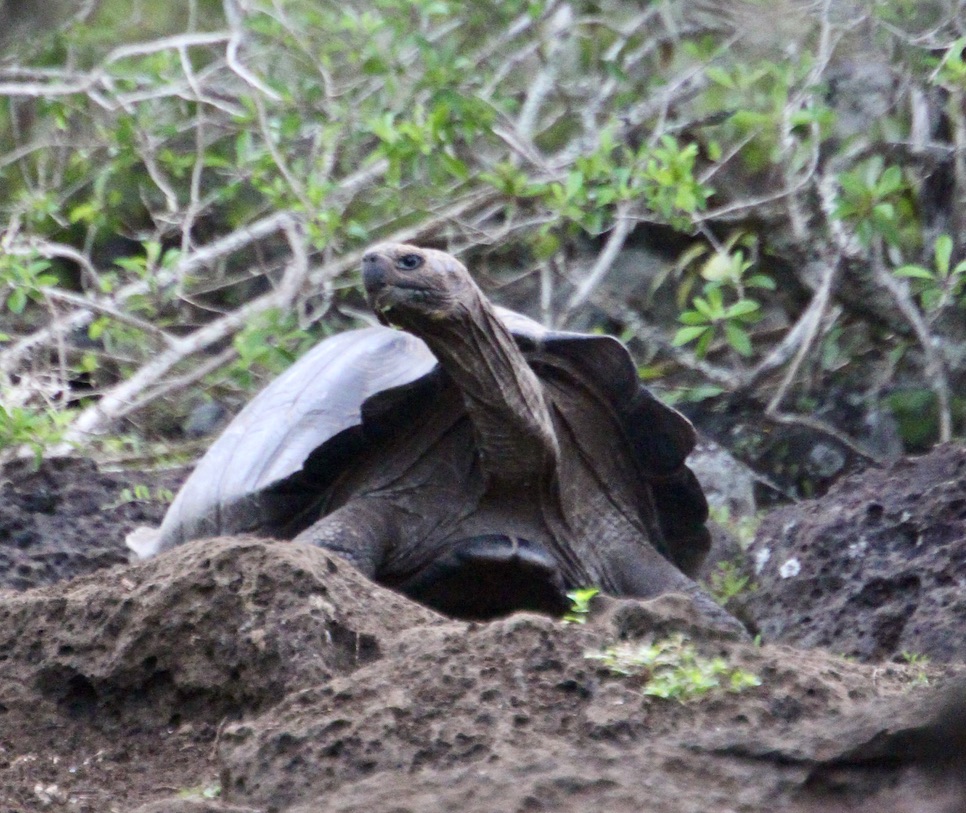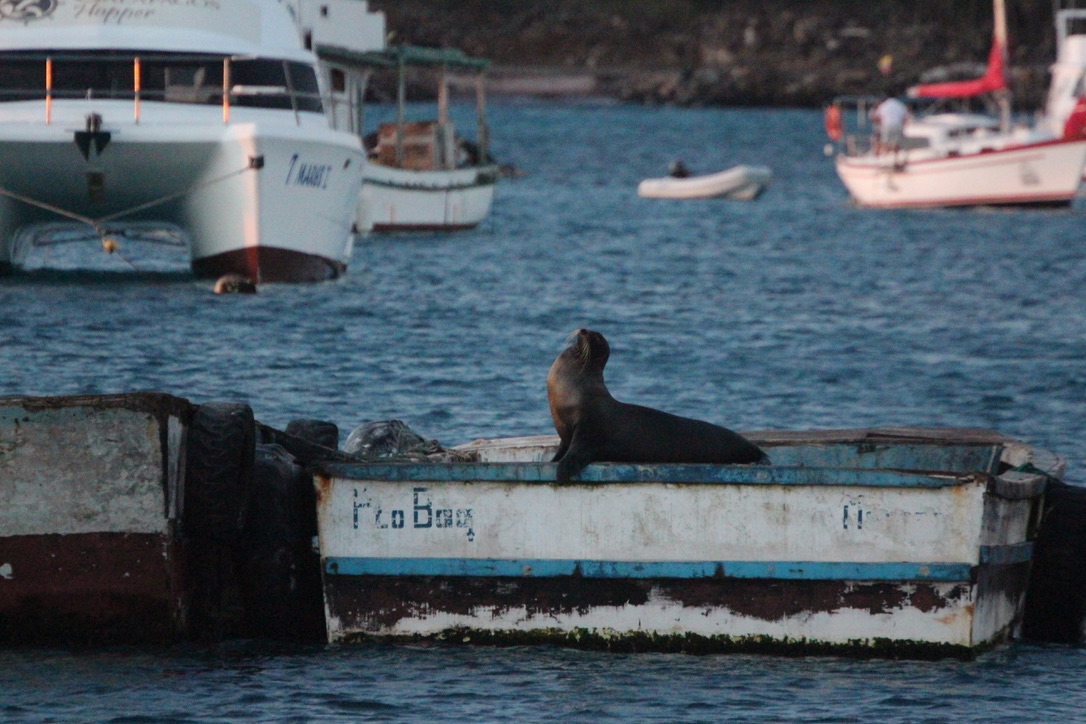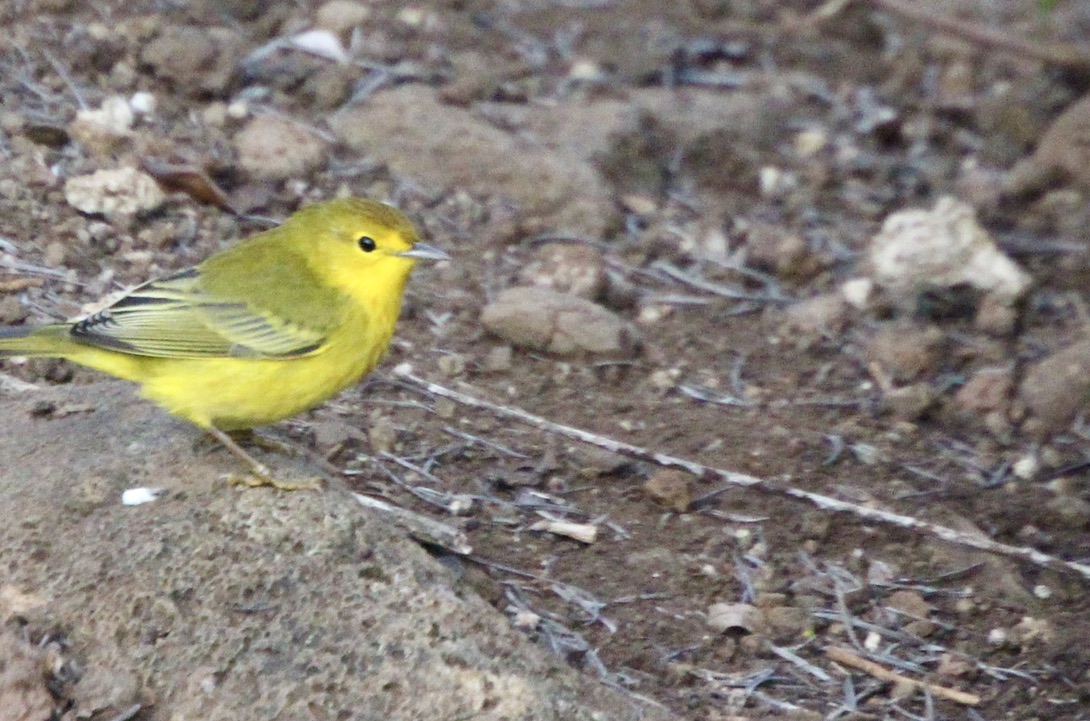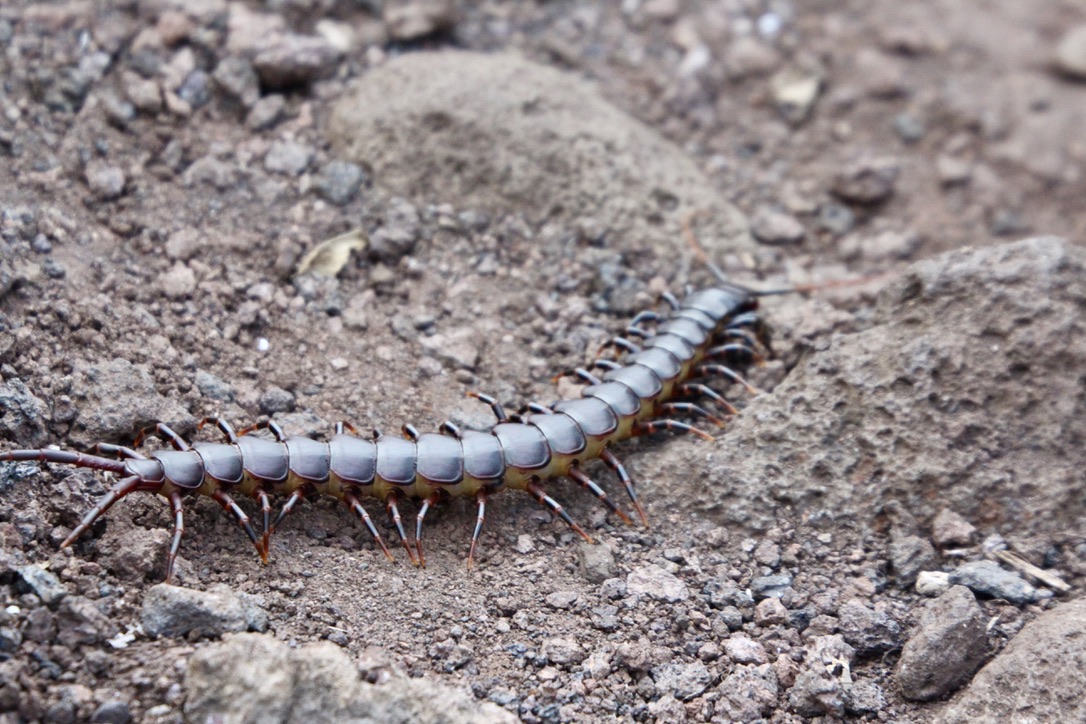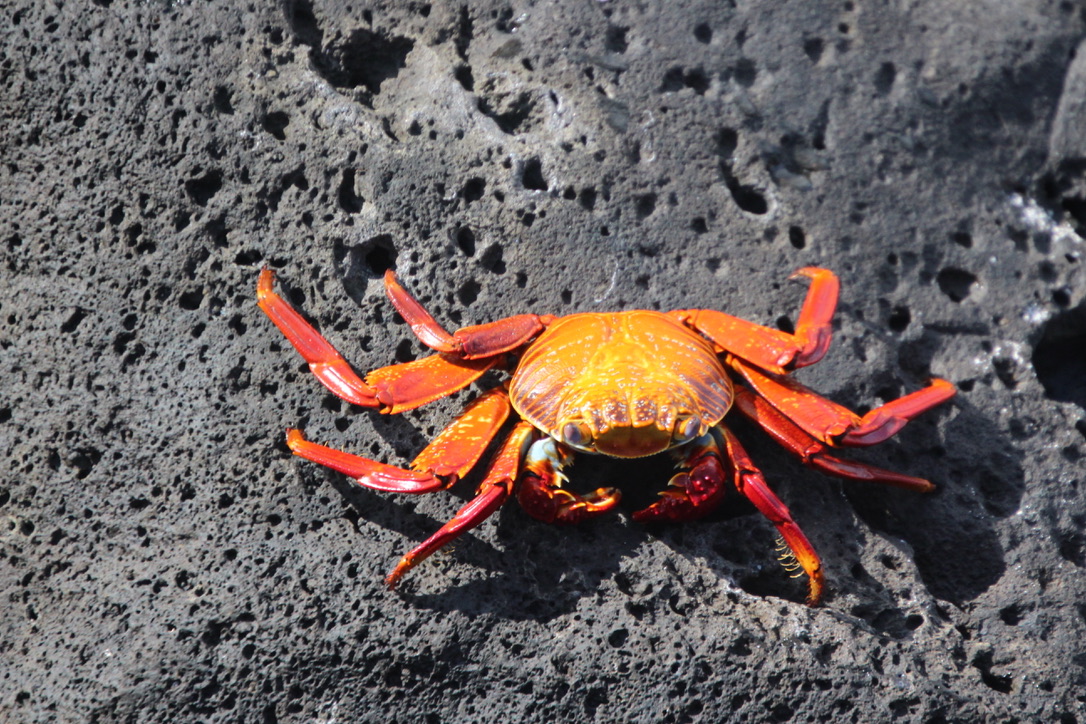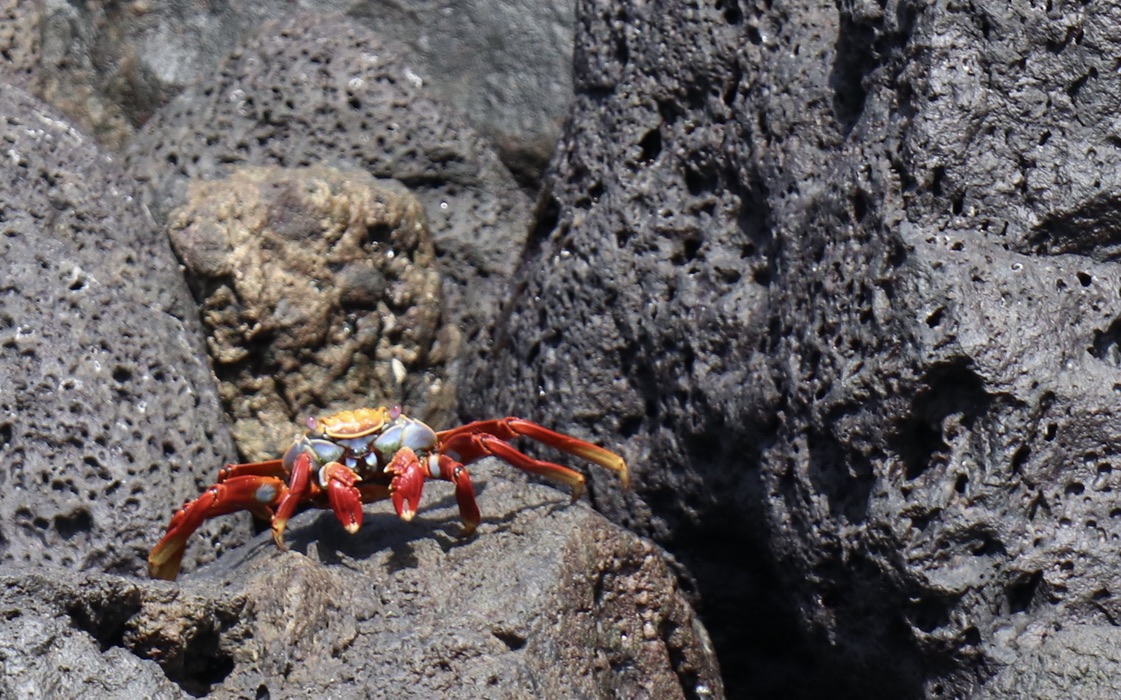Photos Drífa Freysdóttir
Fifth day.
Isla Seymour Norte is just north of Isla Baltra where we will be leaving from tomorrow. https://en.wikipedia.org/wiki/North_Seymour_Island
The frigate birds nest on Seymour, both the great frigate bird and the magnificent one. The magnificent frigate is a bit larger, but they look very much alike. The way to tell the males apart is by the color sheen of the feathers on the back of the birds. The magnificent has a purple sheen – the great has a greenish sheen. The female great frigate has a red eye ring and the female magnificent frigate sports a blue eye ring. The frigates have the largest wingspan compared to body size of all birds. They spend most of their time soaring effortlessly over the oceans months on end. They can even sleep when they are airborne and seem to have the ability to rest one brain hemisphere at the time. However, they can’t land on water – feathers get wet and heavy. Previously I have seen them several times but never up close. The frigates like to follow ships on their journeys. The males have a scarlet throat pouch which they inflate to impress the females. The female birds have a white throat.
https://en.wikipedia.org/wiki/Frigatebird
https://www.birdnote.org/show/sleeping-wing




Soaring effortlessly 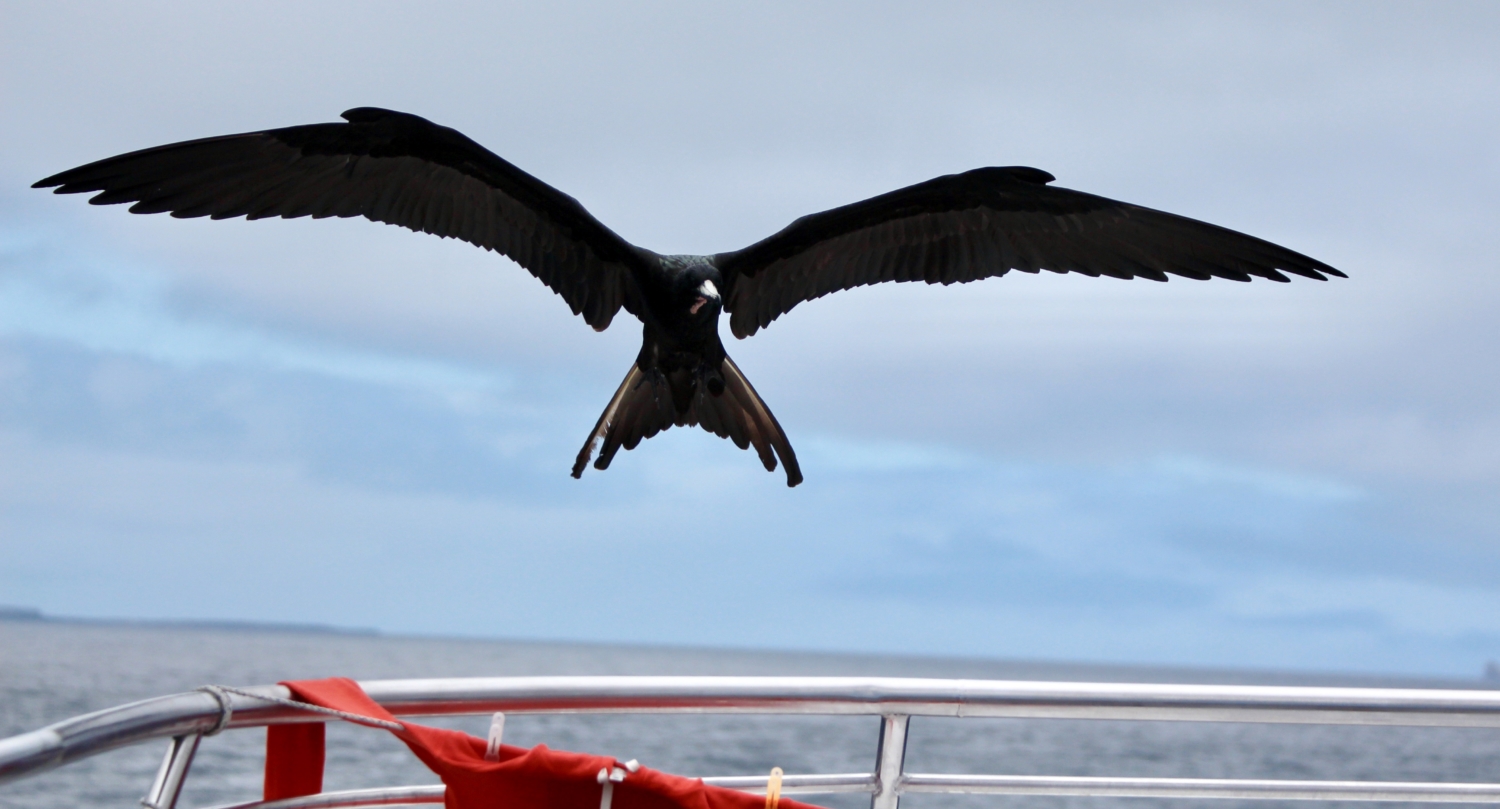
Hitching a ride 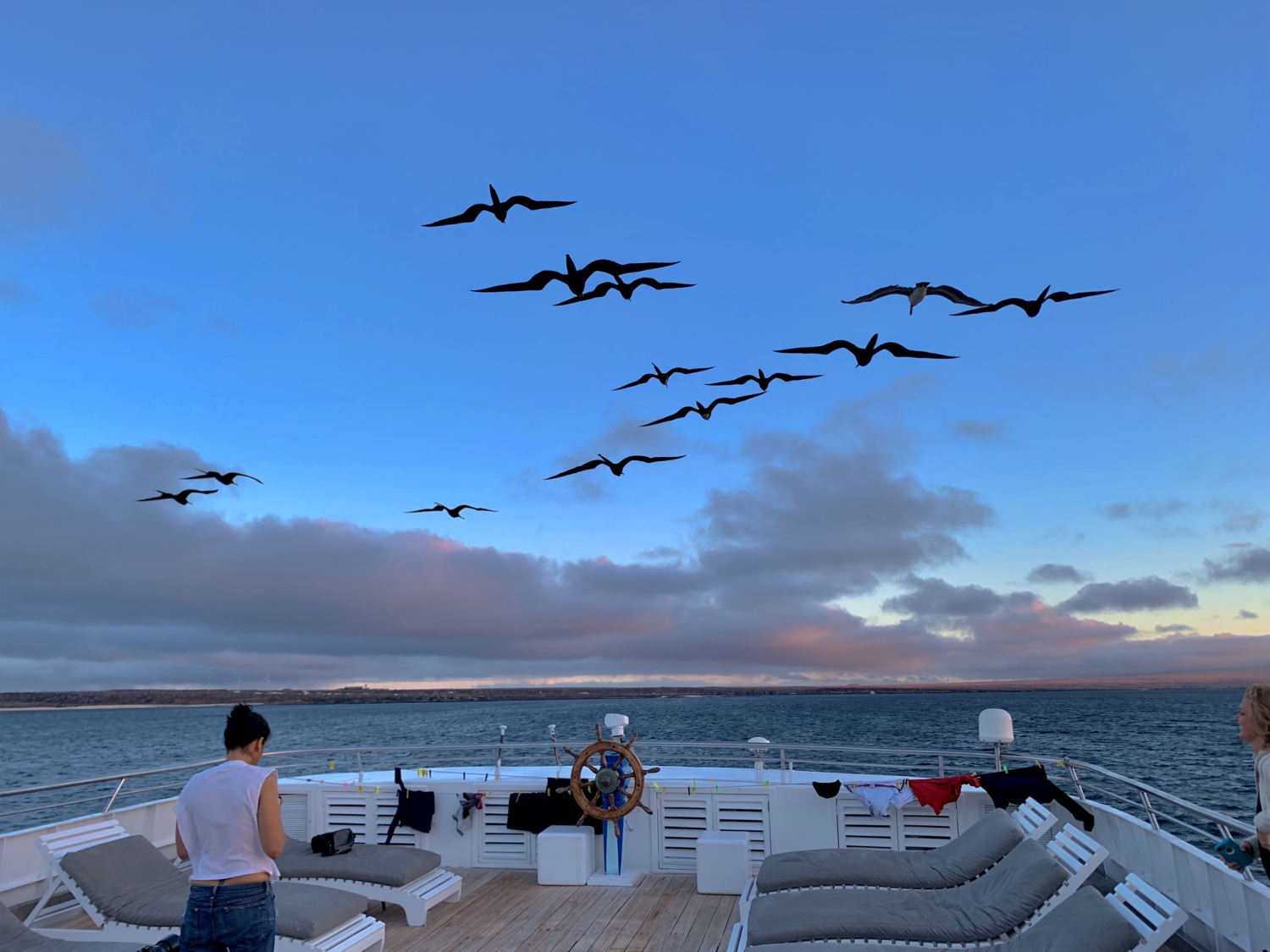
The frigates following our boat
Waking around the path we came upon a booby in love. The series of pictures are priceless where he dances around – picks up his stick – shows it to the love of his life – more dancing – alas she was not interested and scorned him while we were there. Let’s hope he can win her over someday.

I’ll impress with that stick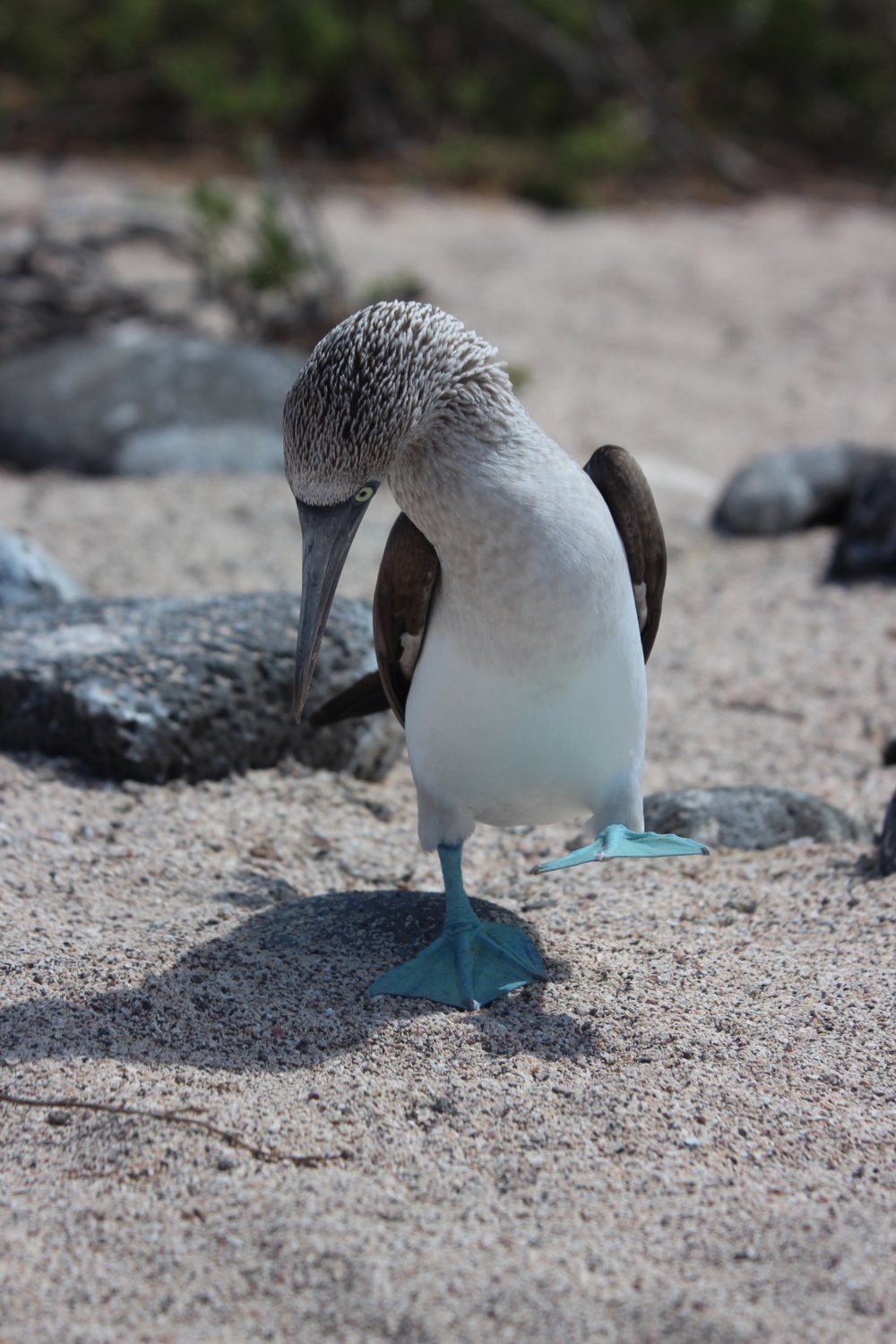
That’s a fine stick 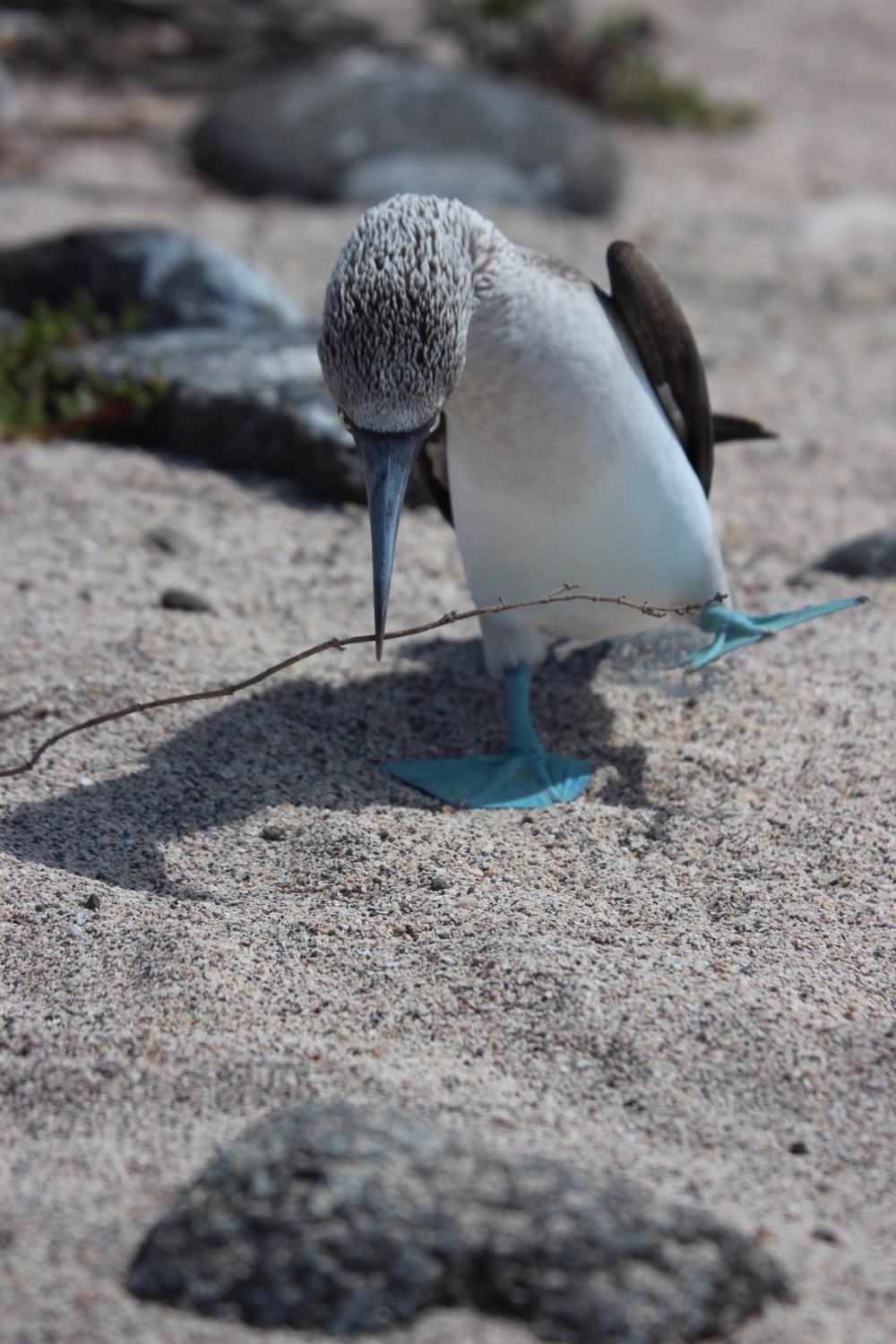
Let’s pick it up 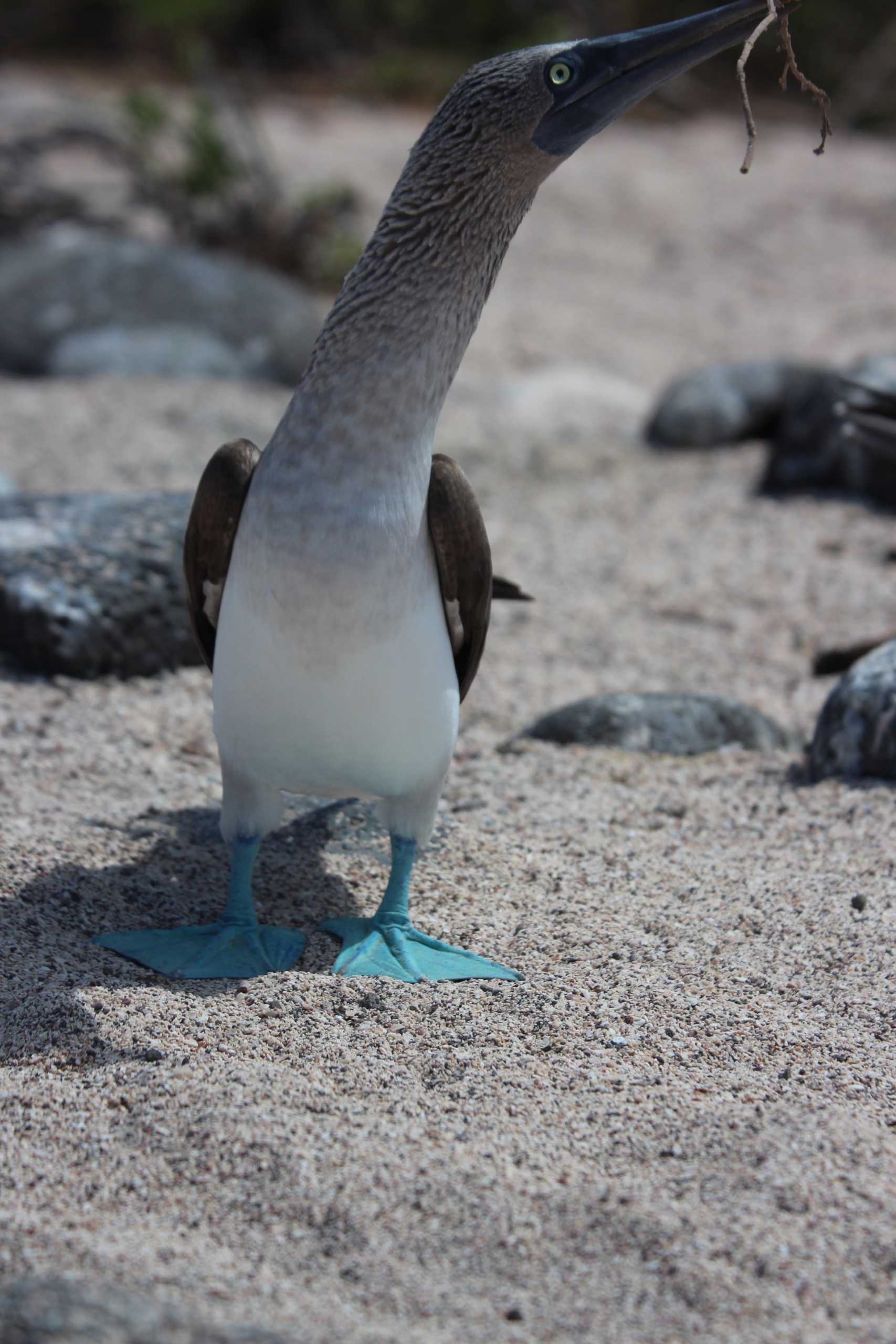
Look – great for our nest 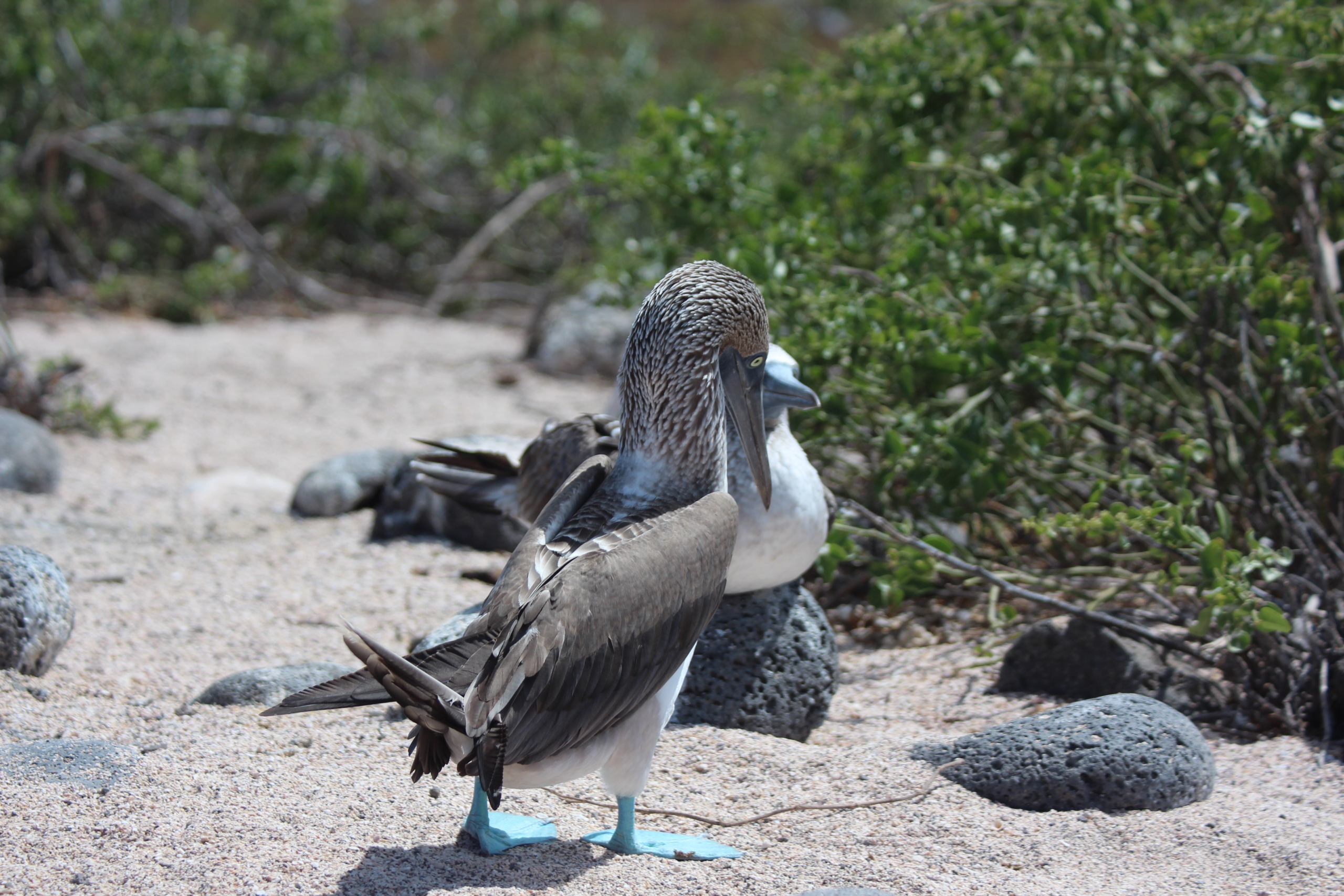
Is that your answer?
Diving at Seymour Norte was great and I managed to snap a picture of a parrot fish that is more or less focused – getting better at that. During the snorkeling I saw a Galapagos shark glide by – a turtle – and a whole host of colorful fish.

That concludes this Galapagos series.

